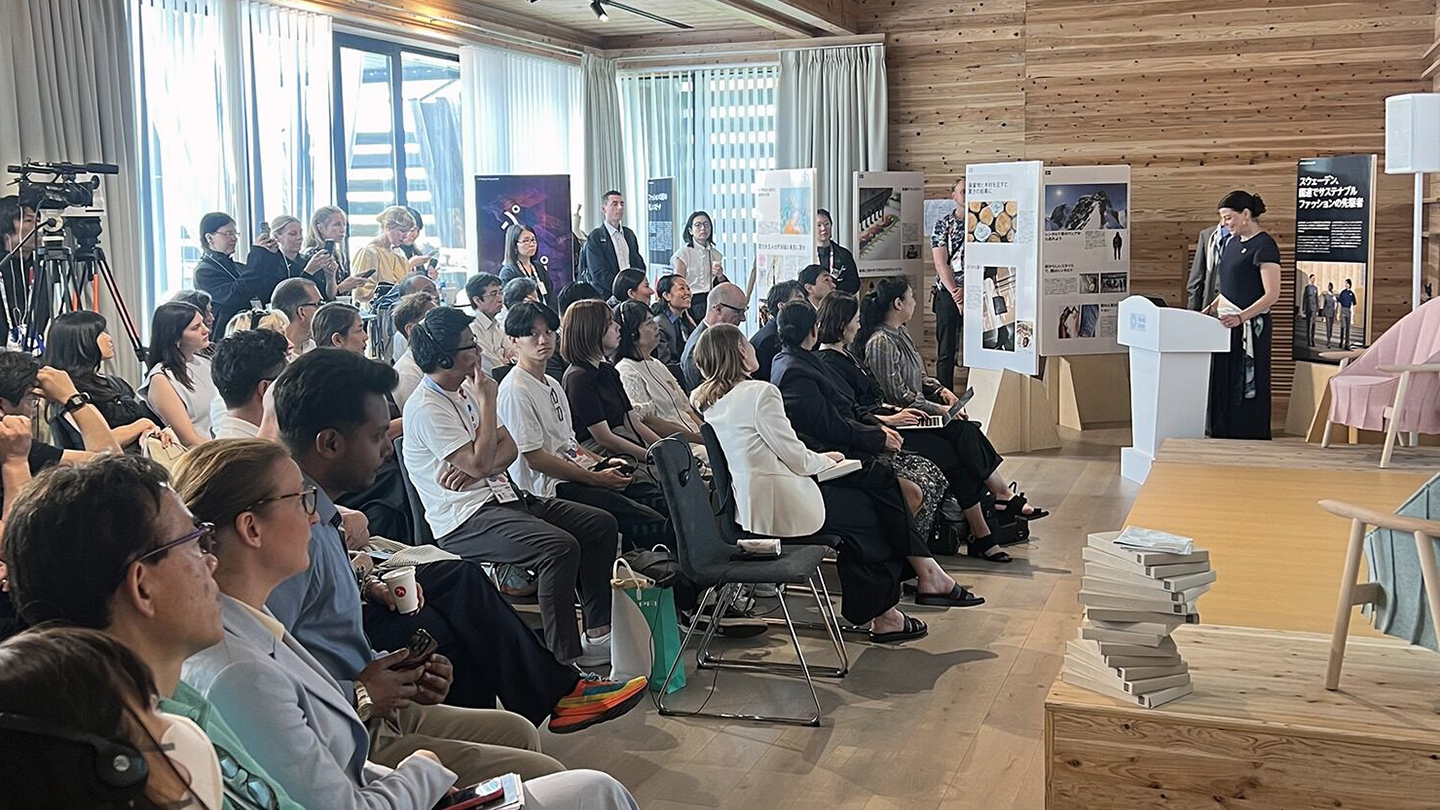Shortcuts
.
Jump to main contentBorås has a long textile history; we have been a centre for expertise and knowledge ever since the Borås Technical Väfskola started up in 1866 – which became the foundation of the Swedish School of Textiles.
Since the early 19th century, the people of Borås worked for an educational programme in the textile field. Although the programme did not turn out to be what the people of Borås had hoped for, its first course in jacquard weaving starts in a kind of annex to the Technical Elementary School in 1866. While Borås is overjoyed with this programme, there is a fear that the school will become a factory. Sweden faces stiff competition from cheaper foreign fabrics in the growing textile industry.
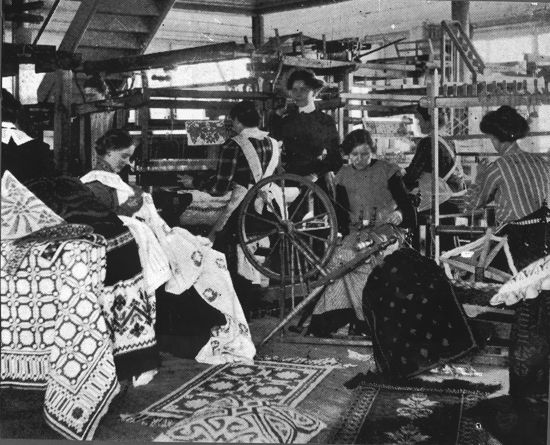
After that programme had operated in various temporary premises since its beginning, a specially designed building was inaugurated in 1877 to suit the needs of the Technical Weaving School.
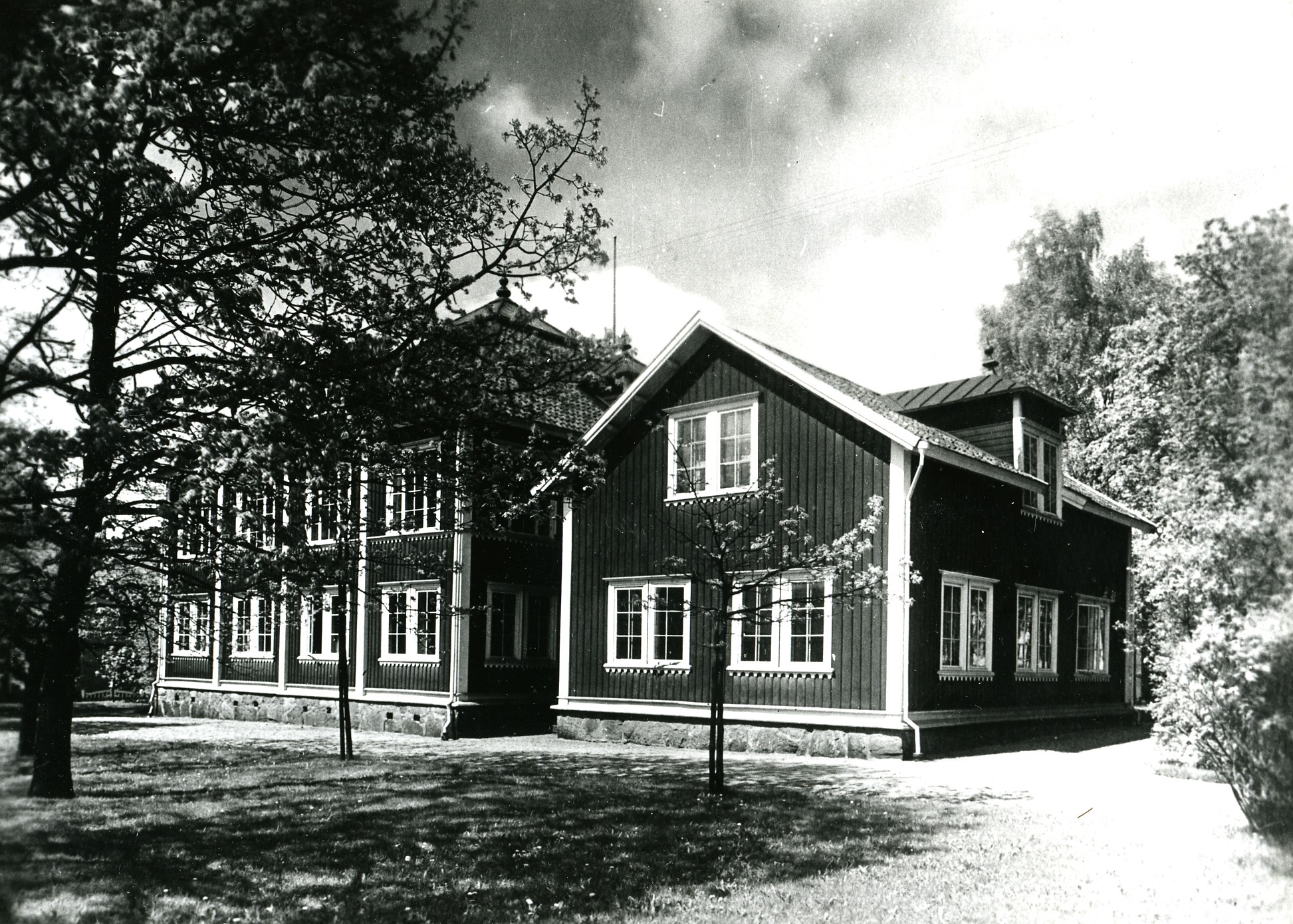
A new department for machine operations is established at the Technical Weaving School. The school is therefore expanded with a wing to accommodate the new mechanical equipment. The teaching is divided into two departments: an A part, which is a two-year course for male students who were trained as foremen, pattern makers, and manufacturers, and a B part which is a one-year course for female students who were trained in artistic weaving and cottage industries.
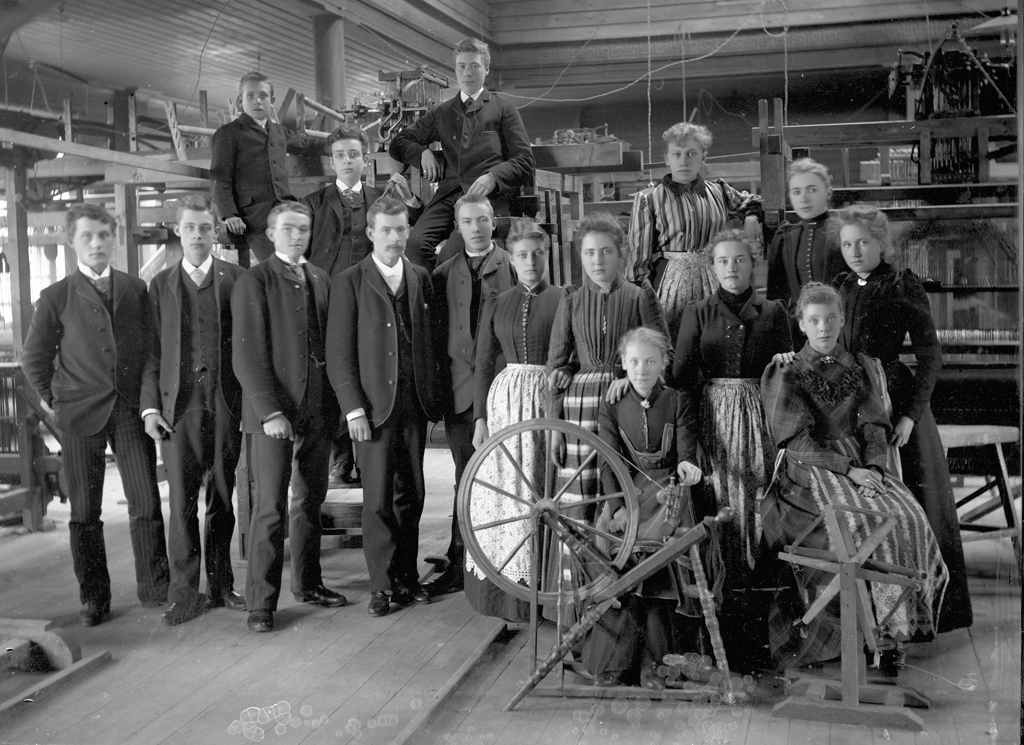
The Swedish government presents a proposal to merge the Technical Weaving School with the Technical Elementary School and thus start a versatile textile vocational school. The residents of Borås themselves did not agree to the proposal, but were willing to continue the development of the Weaving School as long as the elementary school was kept separate. The proposal thus was sent back to the government, which started an investigation, and operations in Borås continued as usual.
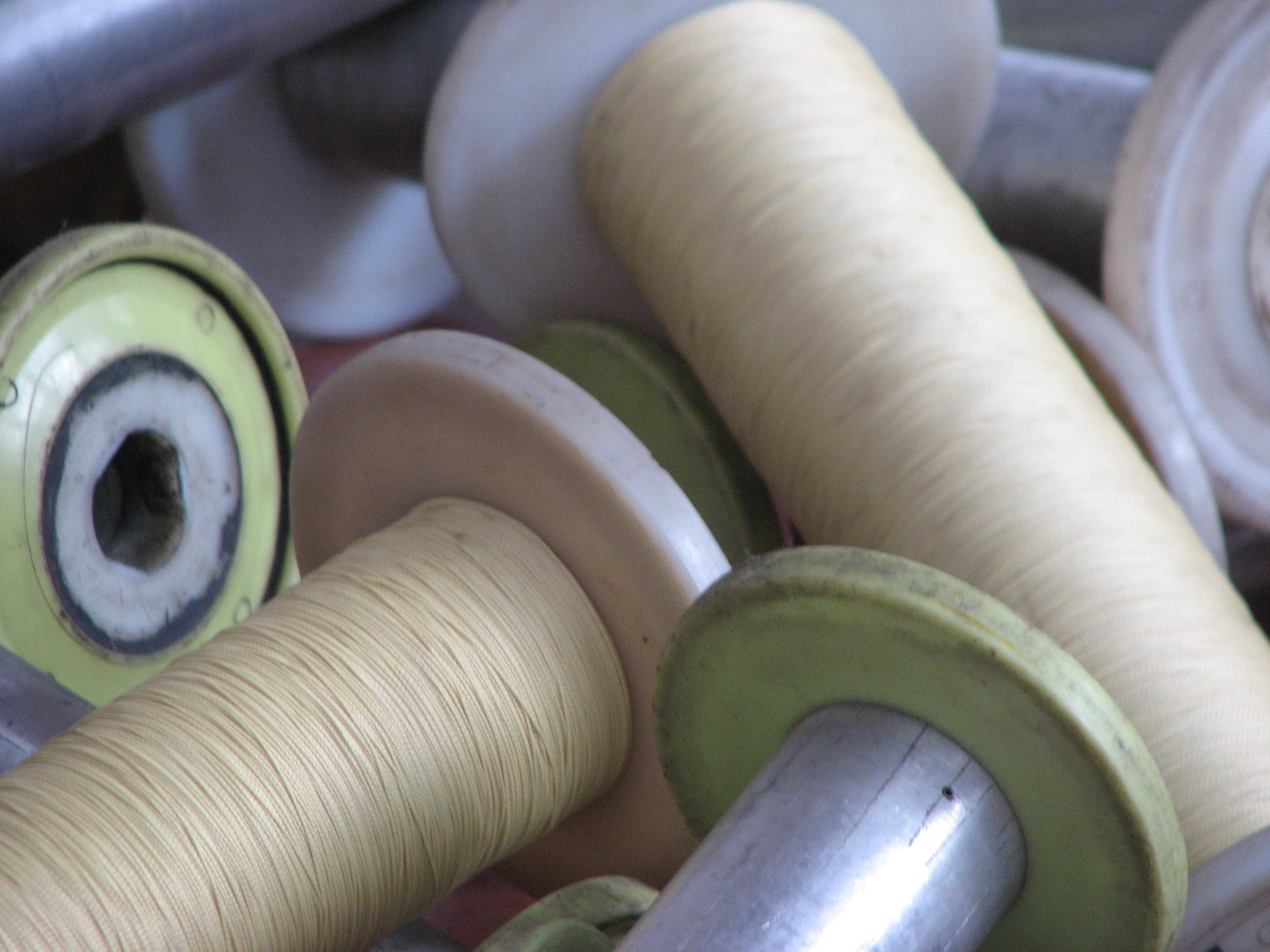
The Technical Textiles Department, an engineering course aimed at the textile industry, starts at the school. This was a decisive step towards a complete textile vocational school.
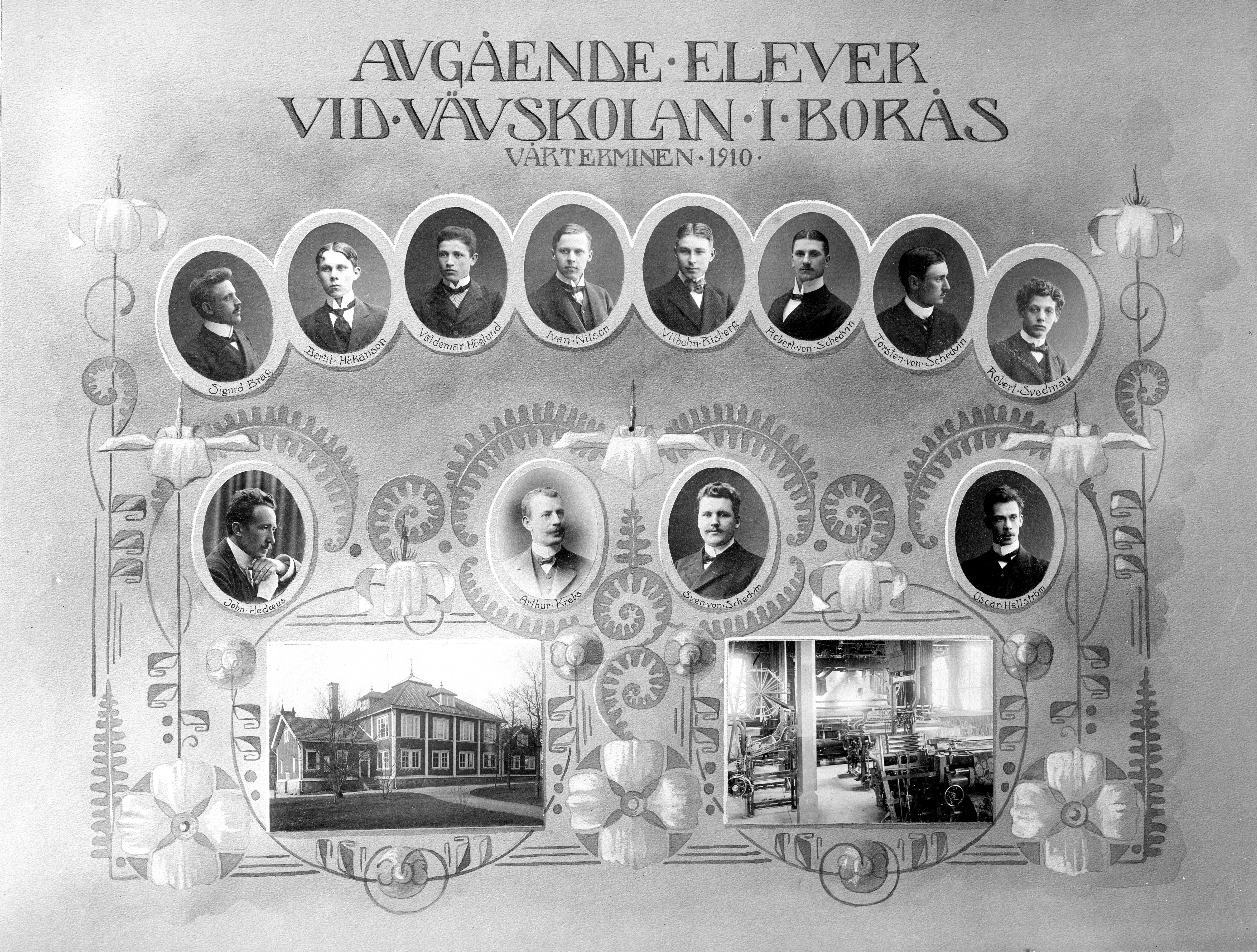
With the new Technical Textiles Department, a new building was once again needed for the school, which was completed in 1935.

The Textile Institute is inaugurated, marking the start of a new era for the textile vocational school.
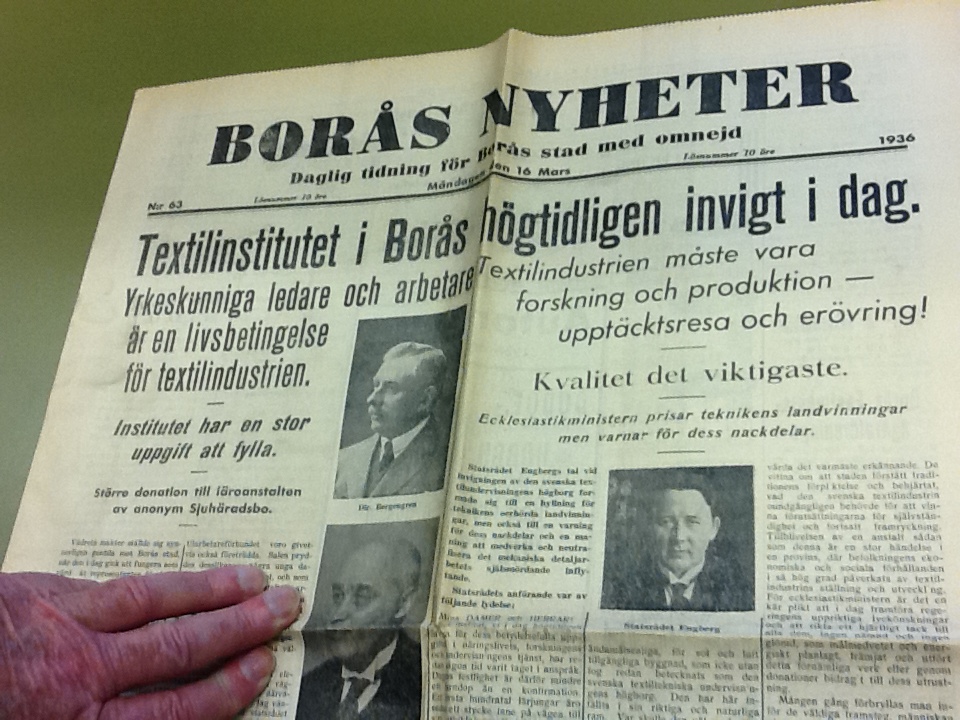
The Technical Weaving School joins the new vocational school, the Textile Institute.
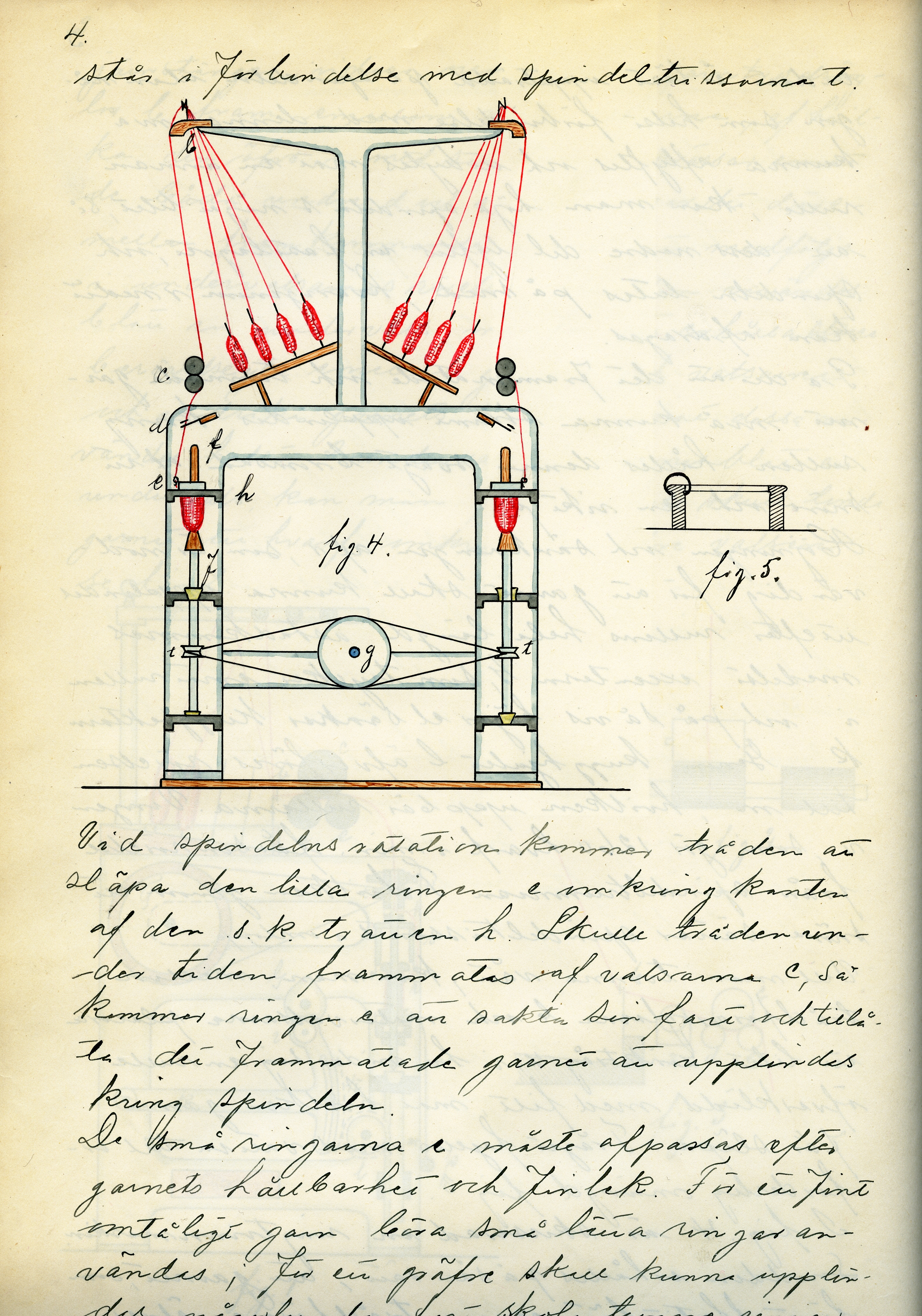
The county council becomes the accountable authority for the Textile Institute.
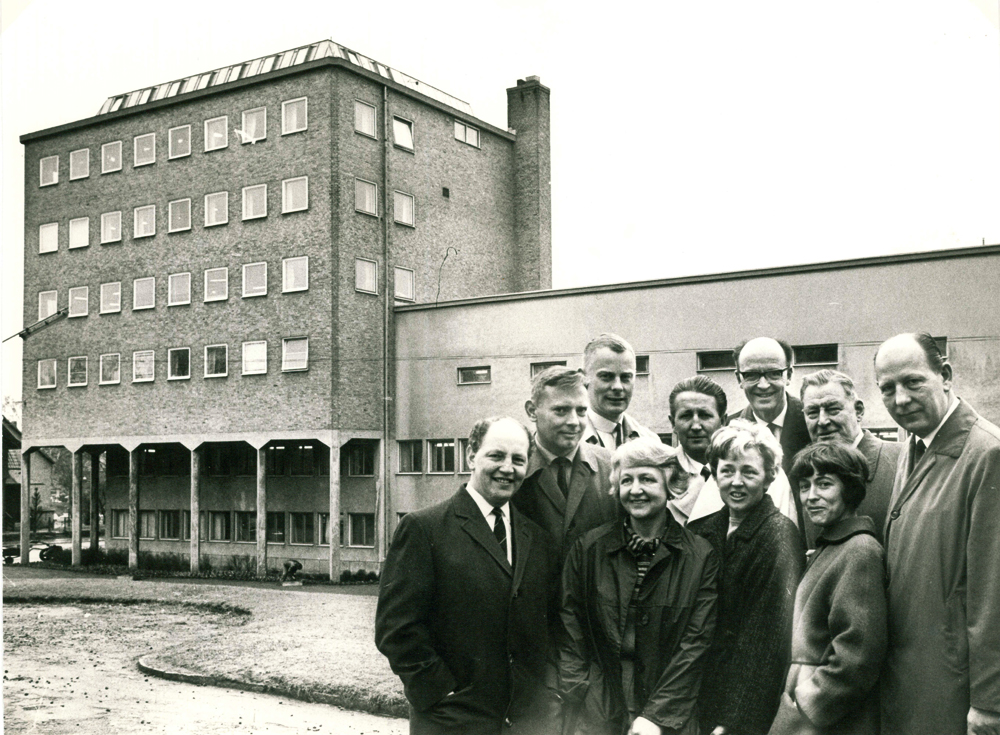
The Textile Institute is nationalised and becomes a department of the University of Borås.
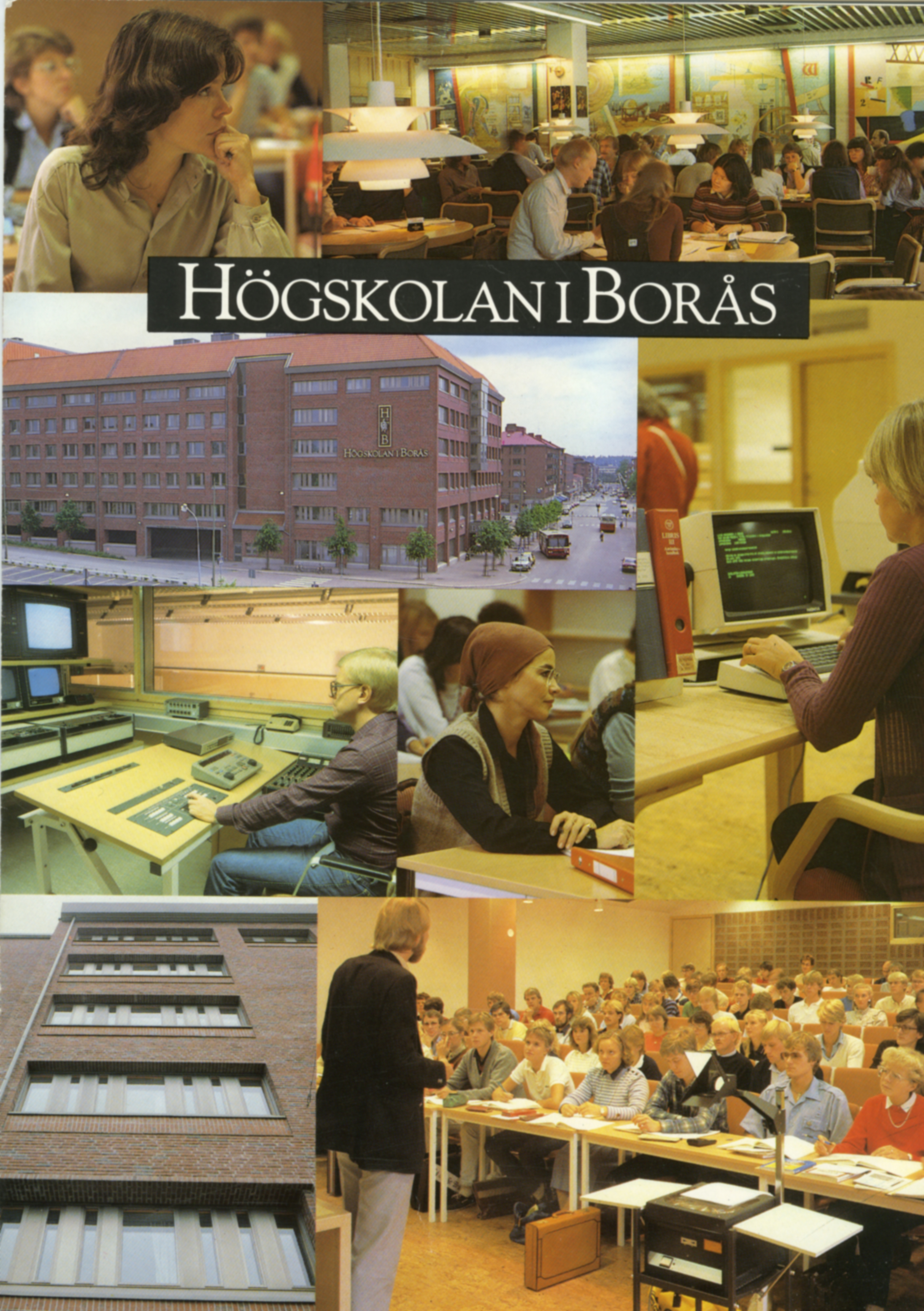
New educational programmes start at the University of Borås in the form of the Textiles and Sewing Programme.
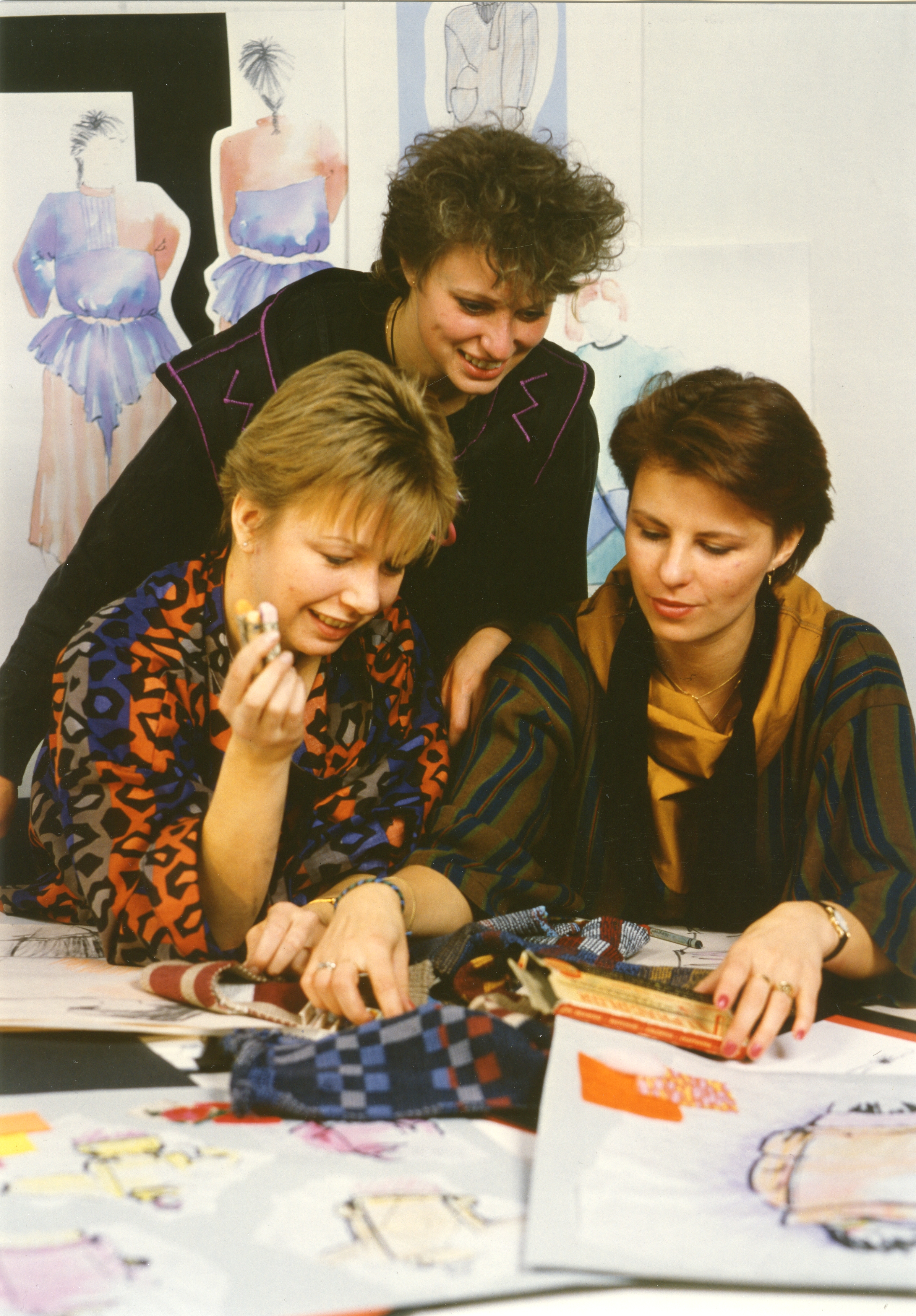
The county council ends its role as accountable authority, which marks the end of the Textile Institute.
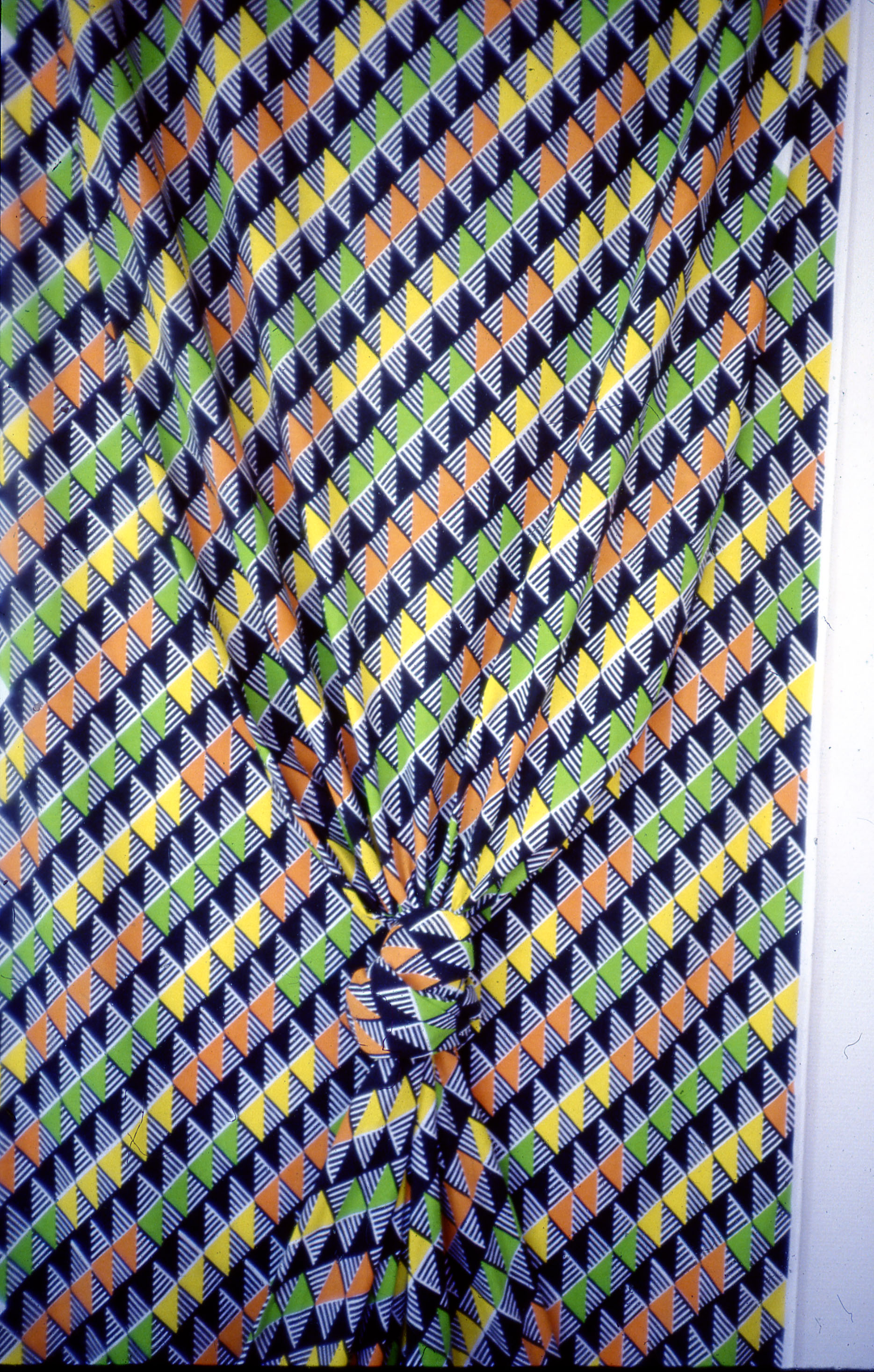
The university’s Department of Textiles and Sewing moves into Algot's old premises, thereby starting a new centre for textiles and fashion. At this time, no other university in Europe could compare to the full-scale industrial environment that the University of Borås could offer.
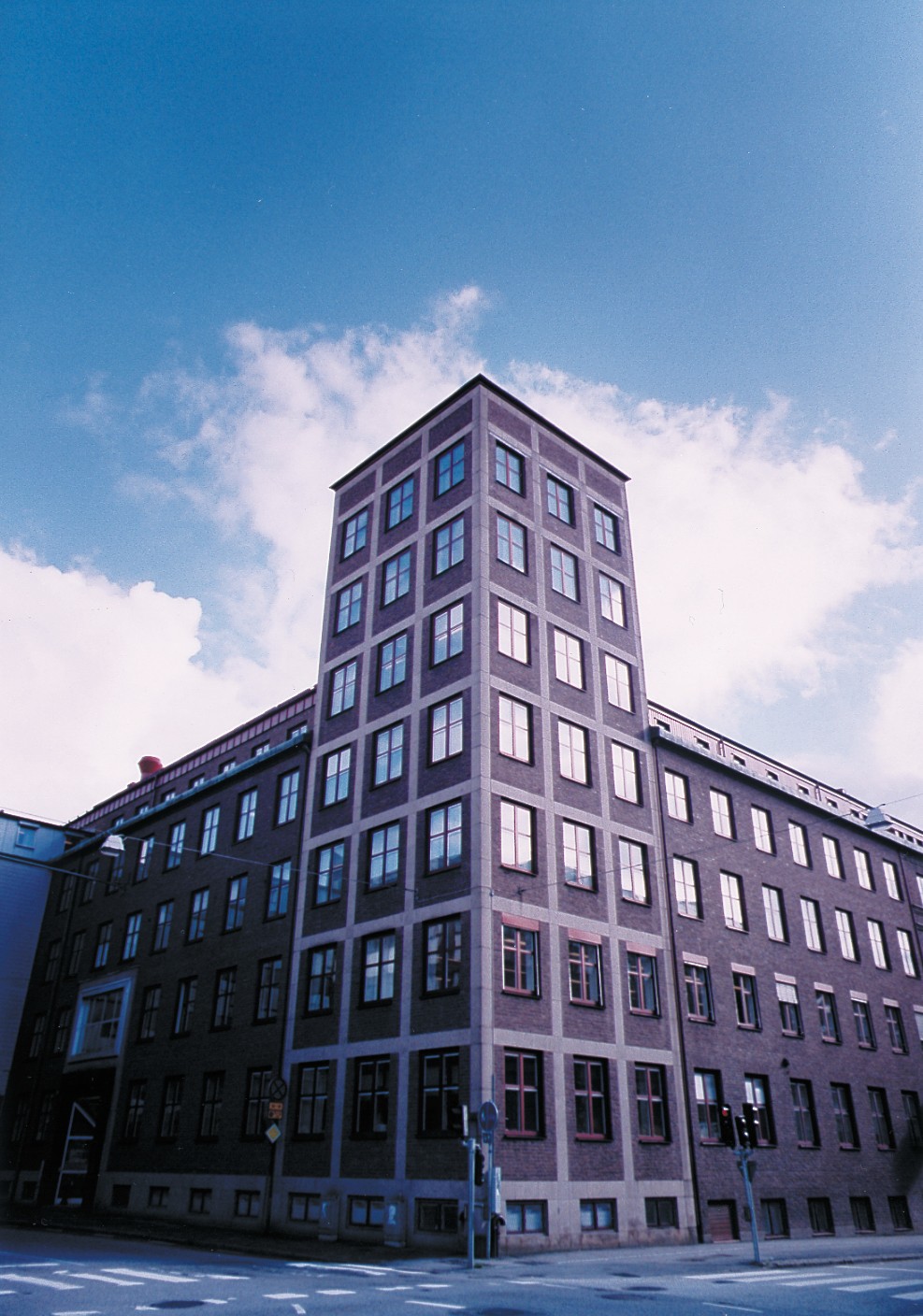
The focus of the Department of Textiles and Sewing on manufacturing technology develops into the Textile Engineering Programme.
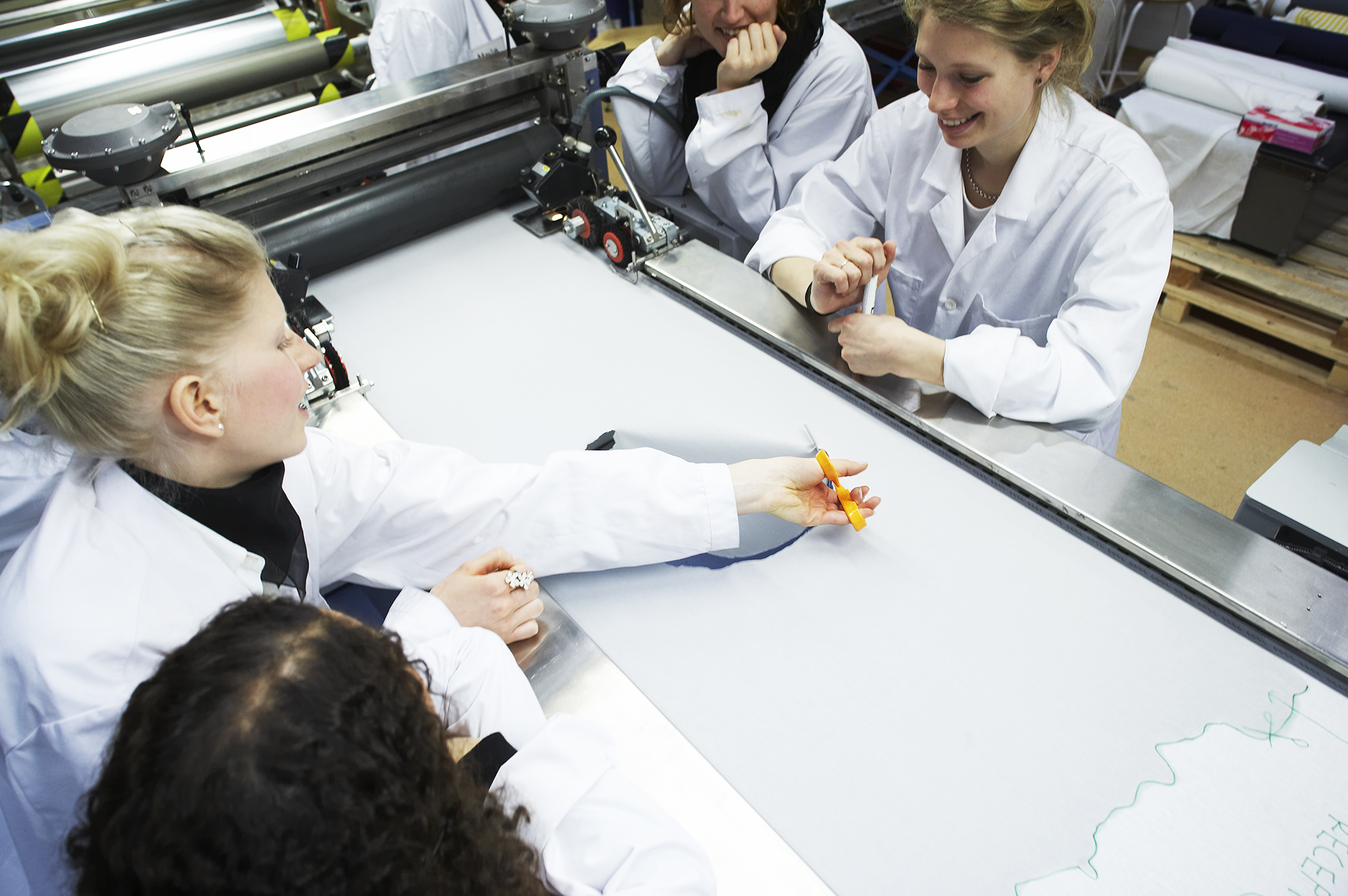
After the Technical Weaving School became part of the municipality's secondary school, the Hand-Weaving Educational Programme is now transferred to the University of Borås.
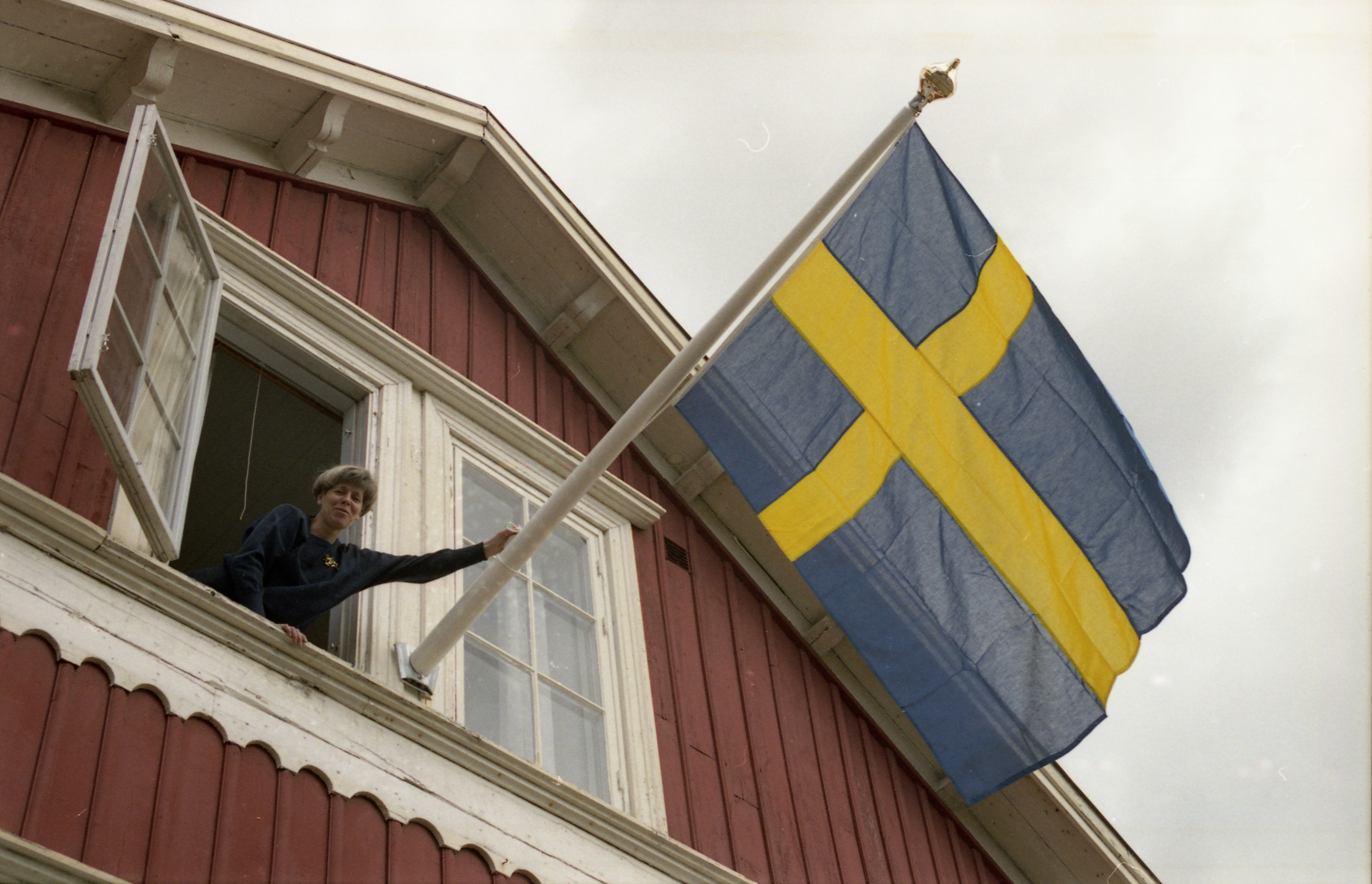
The department changes its name from the Department of Textiles and Sewing to the Swedish School of Textiles.
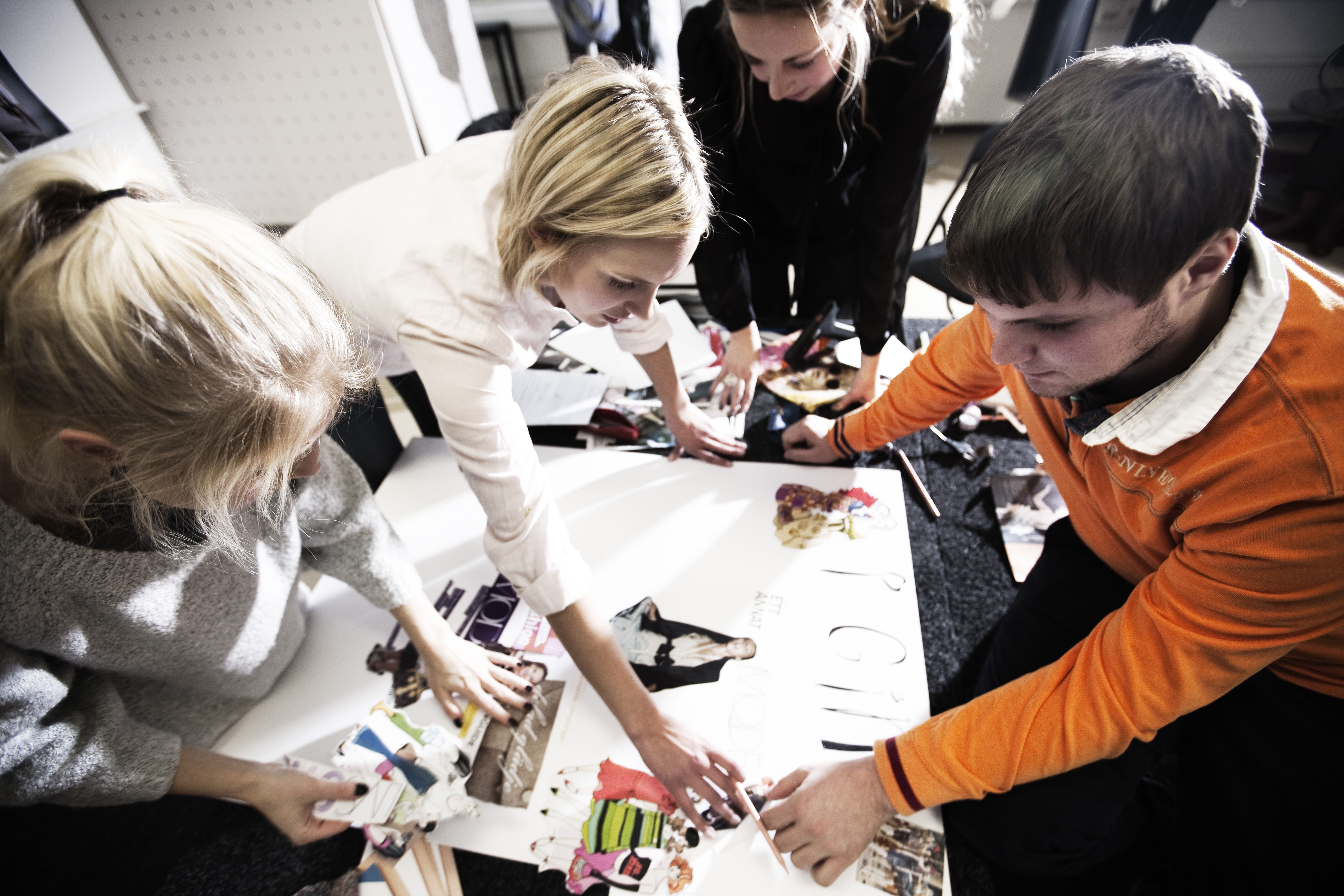
The Swedish National Agency for Higher Education’s national evaluation of design education considers that the Swedish School of Textiles provides one of the two, by far, best educational programmes in the country. In the same year, the Swedish School of Textiles receives rights to issue Master's degrees in both textile and fashion design.
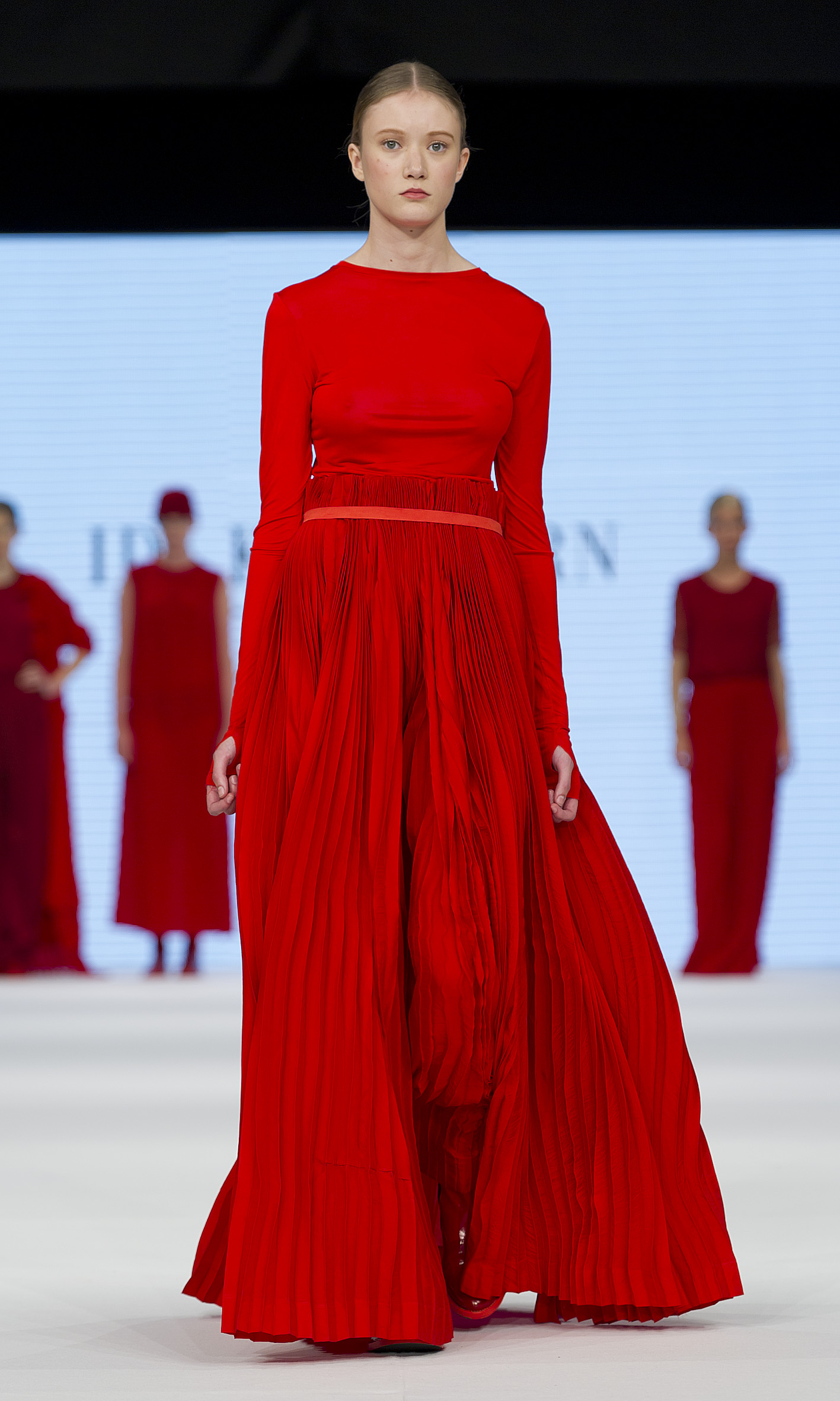
The first person receives a Master's degree from the Swedish School of Textiles.
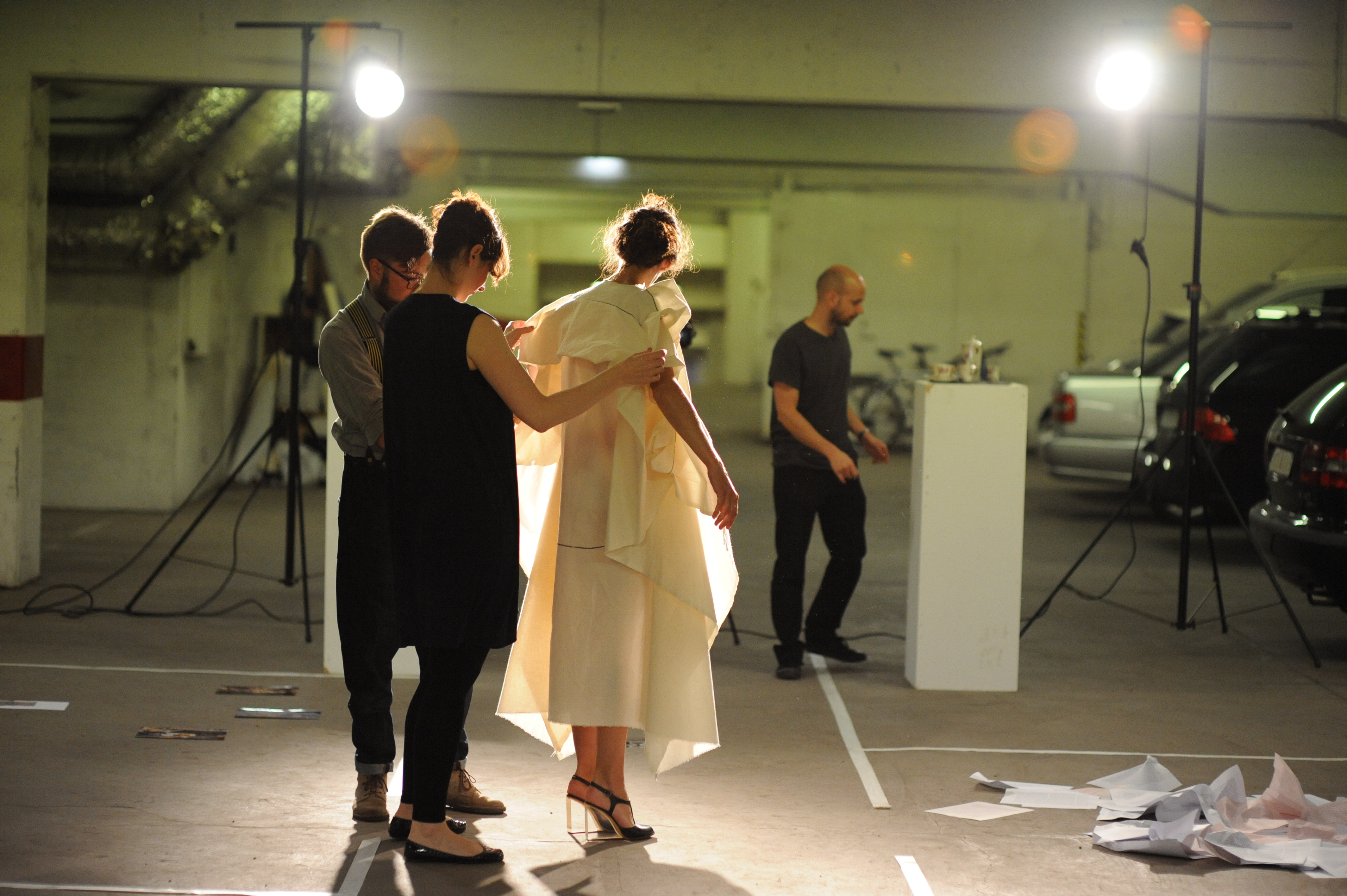
This year, it is determined that the Swedish School of Textiles is one of the future profile areas. In the same year, Smart Textiles is born.
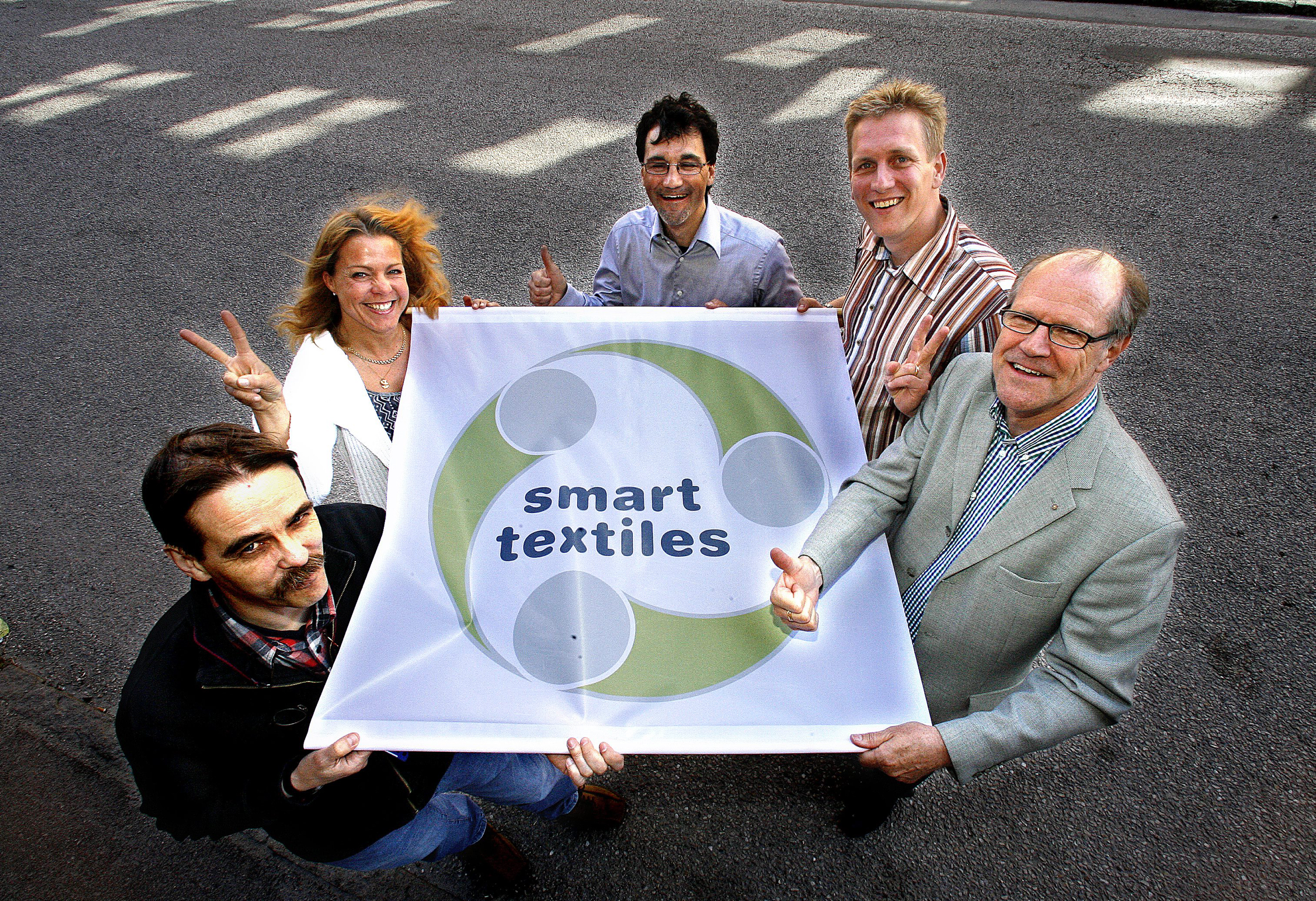
The Swedish School of Textiles gains rights to issue artistic Master’s degrees.
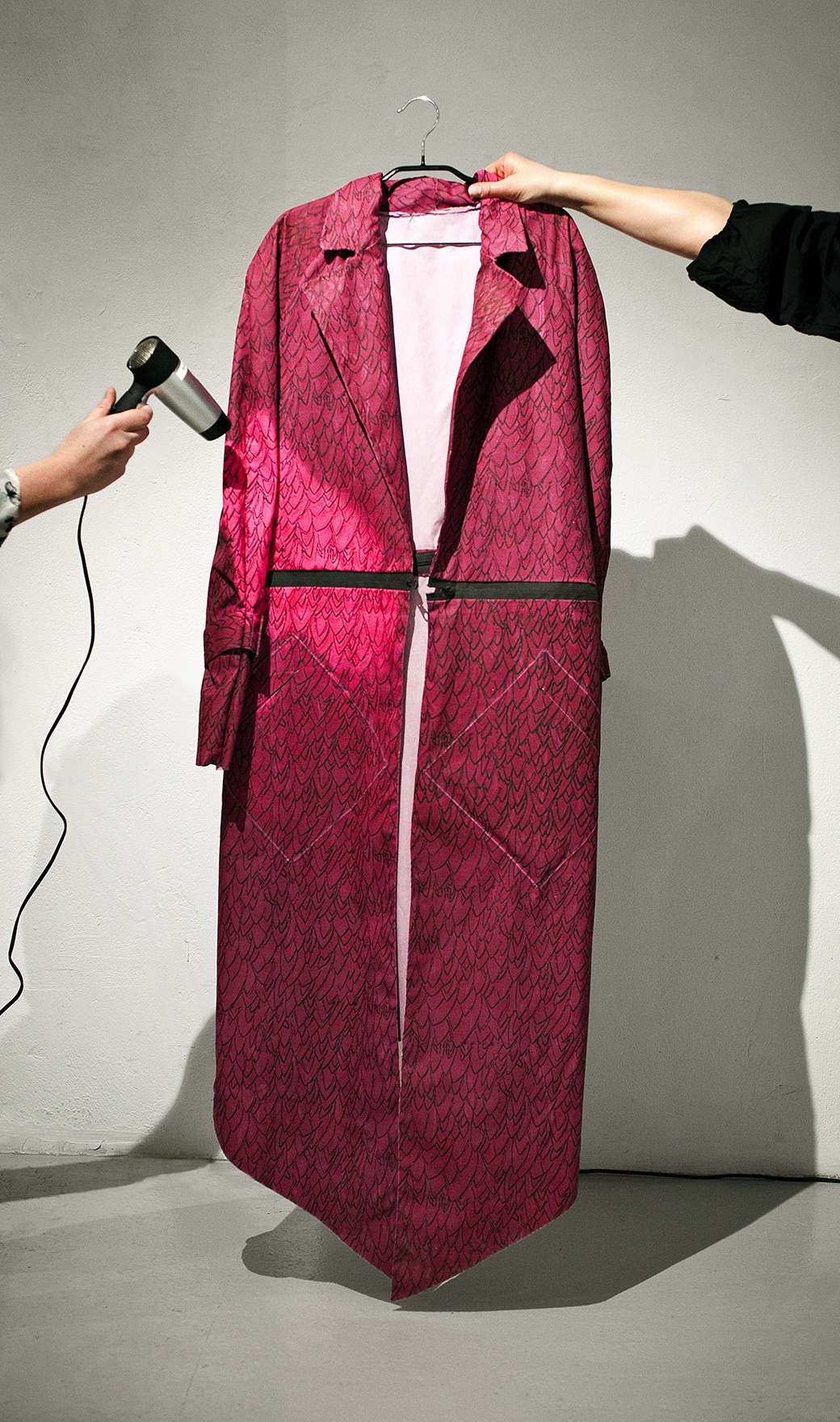
The Hand-Weaving Educational Programme moves into the Swedish School of Textiles on Bryggaregatan.
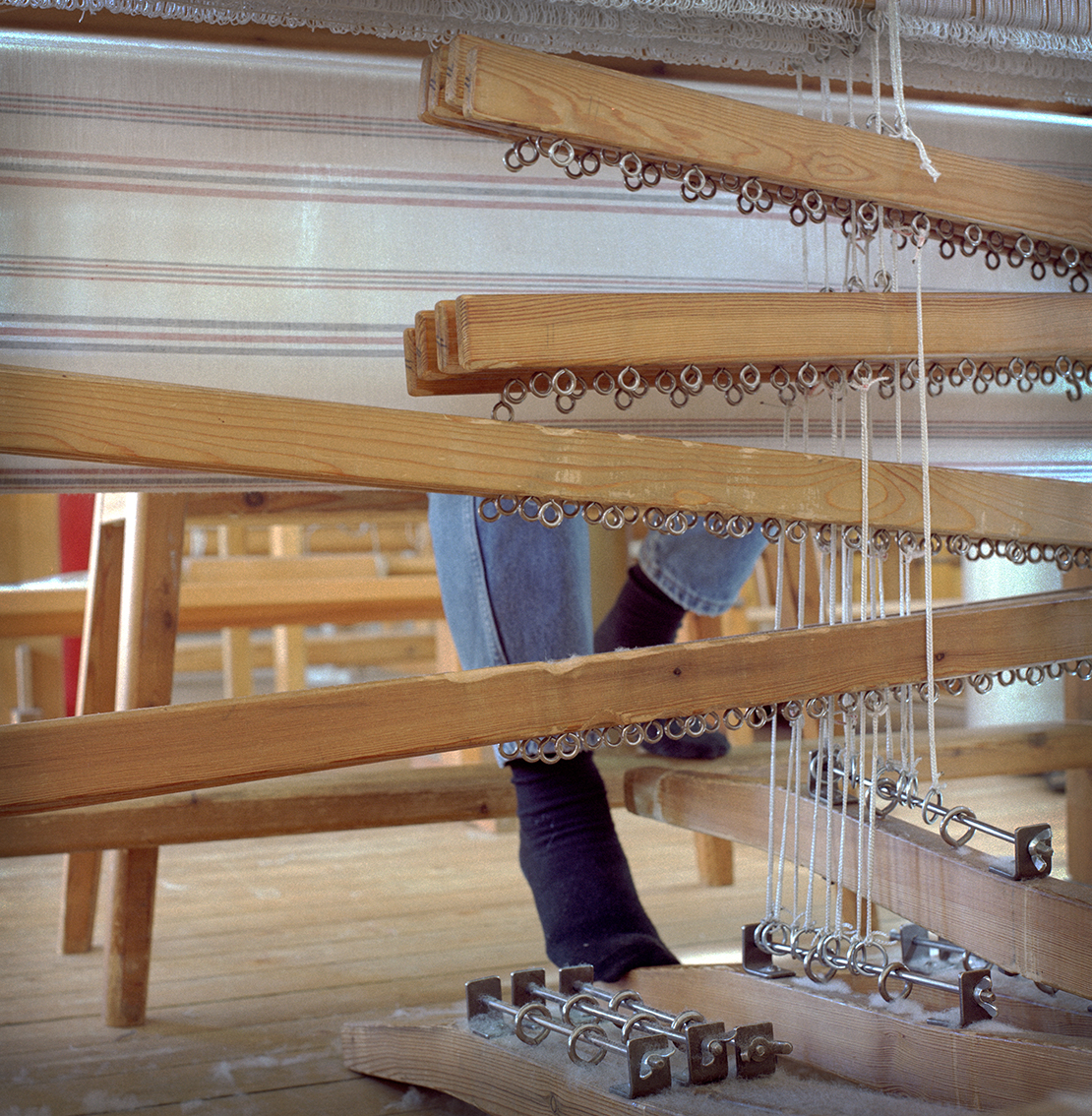
This year, the Swedish School of Textiles receives rights to grant doctoral degrees in both general and artistic research in the profile area of textiles and fashion. In the same year, the Swedish School of Textiles starts the Nordics’ first materials library and has the first Swedish design education programme to give a show at London Fashion Week.
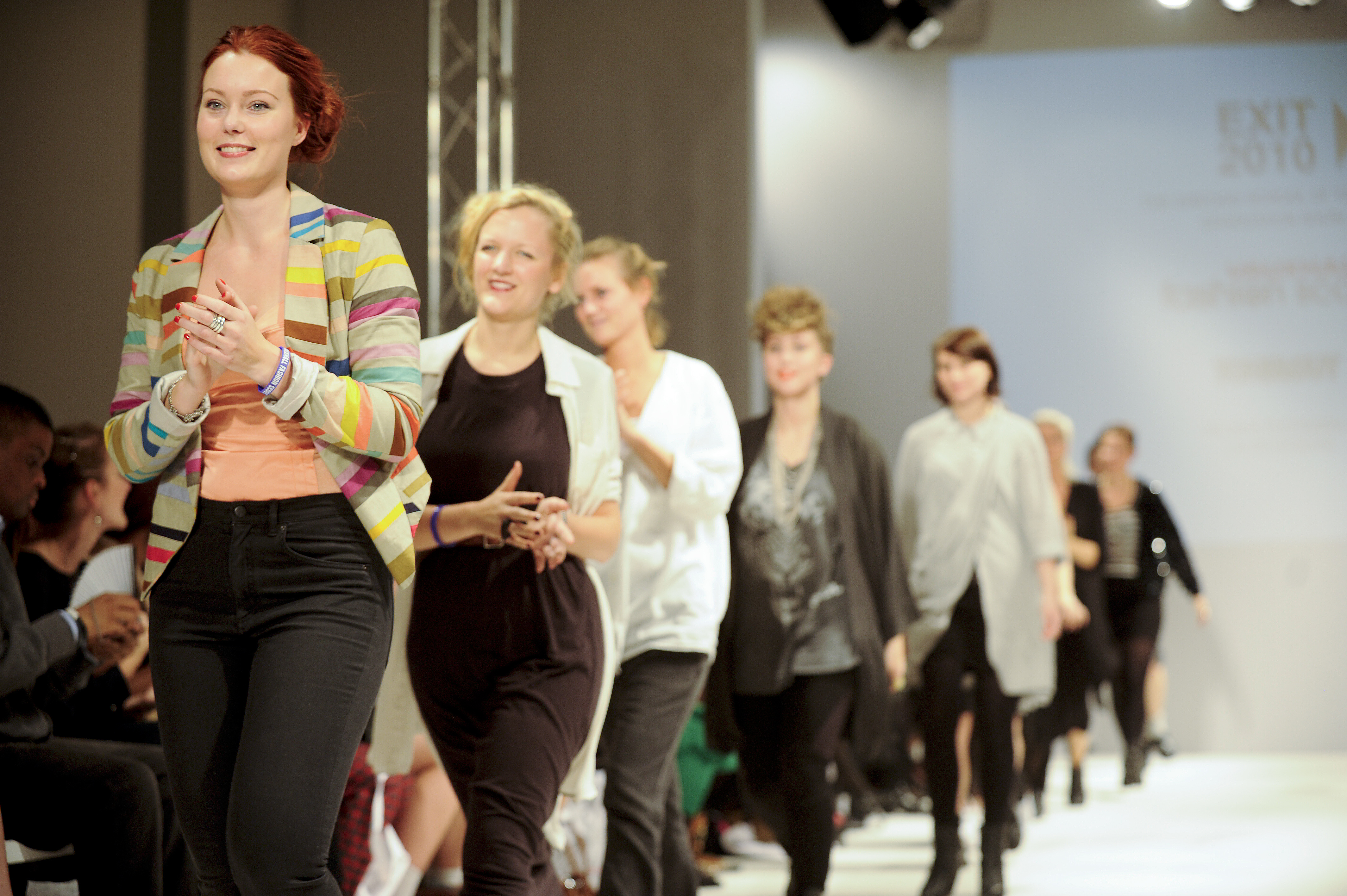
Jonas Larsson is the first to earn a doctorate from the Swedish School of Textiles. It is in the field of textile management.
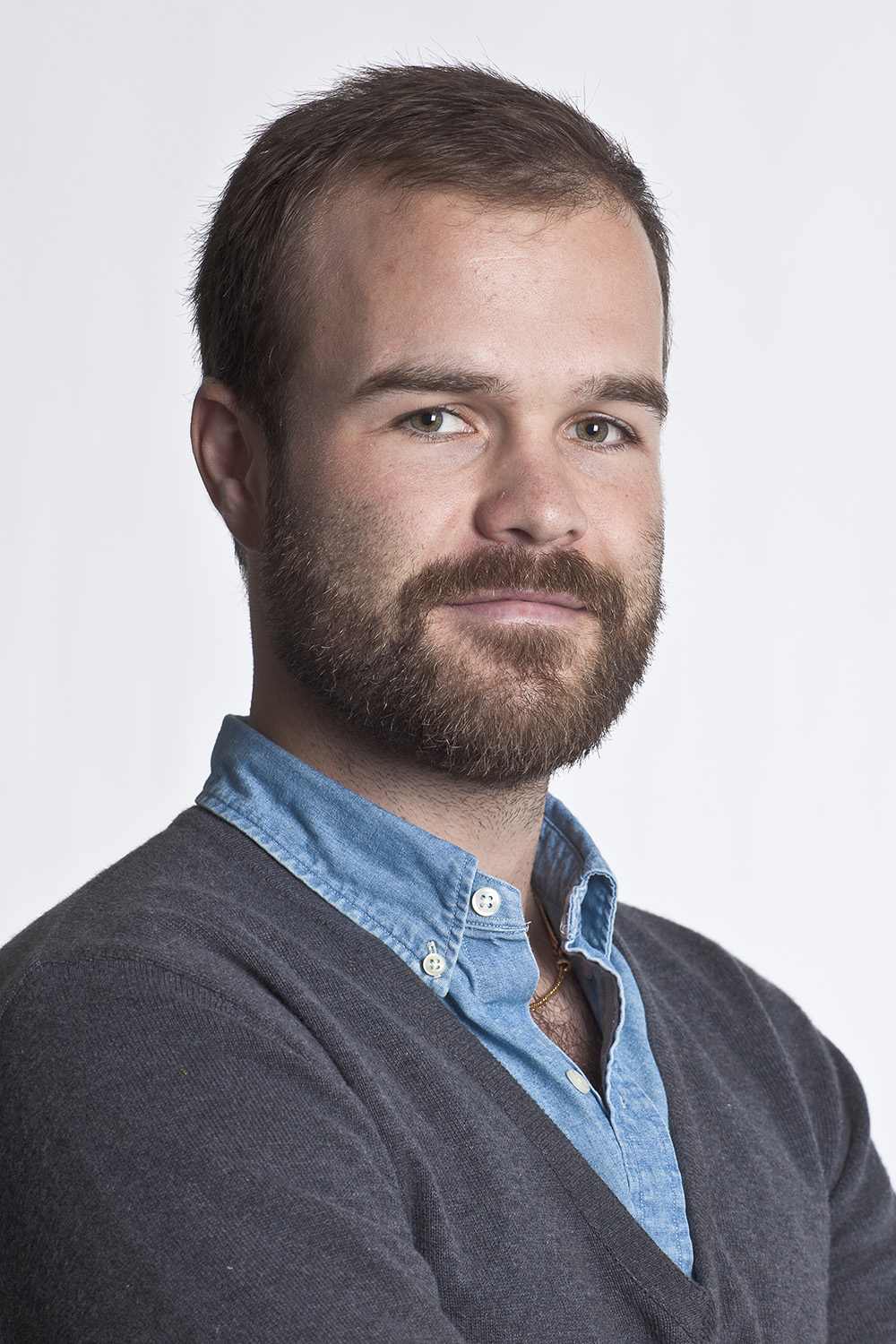
The department moves into Konstsilke's old factory premises together with the Textile Museum of Sweden in Simonsland and thereby creates the Textile Fashion Center.
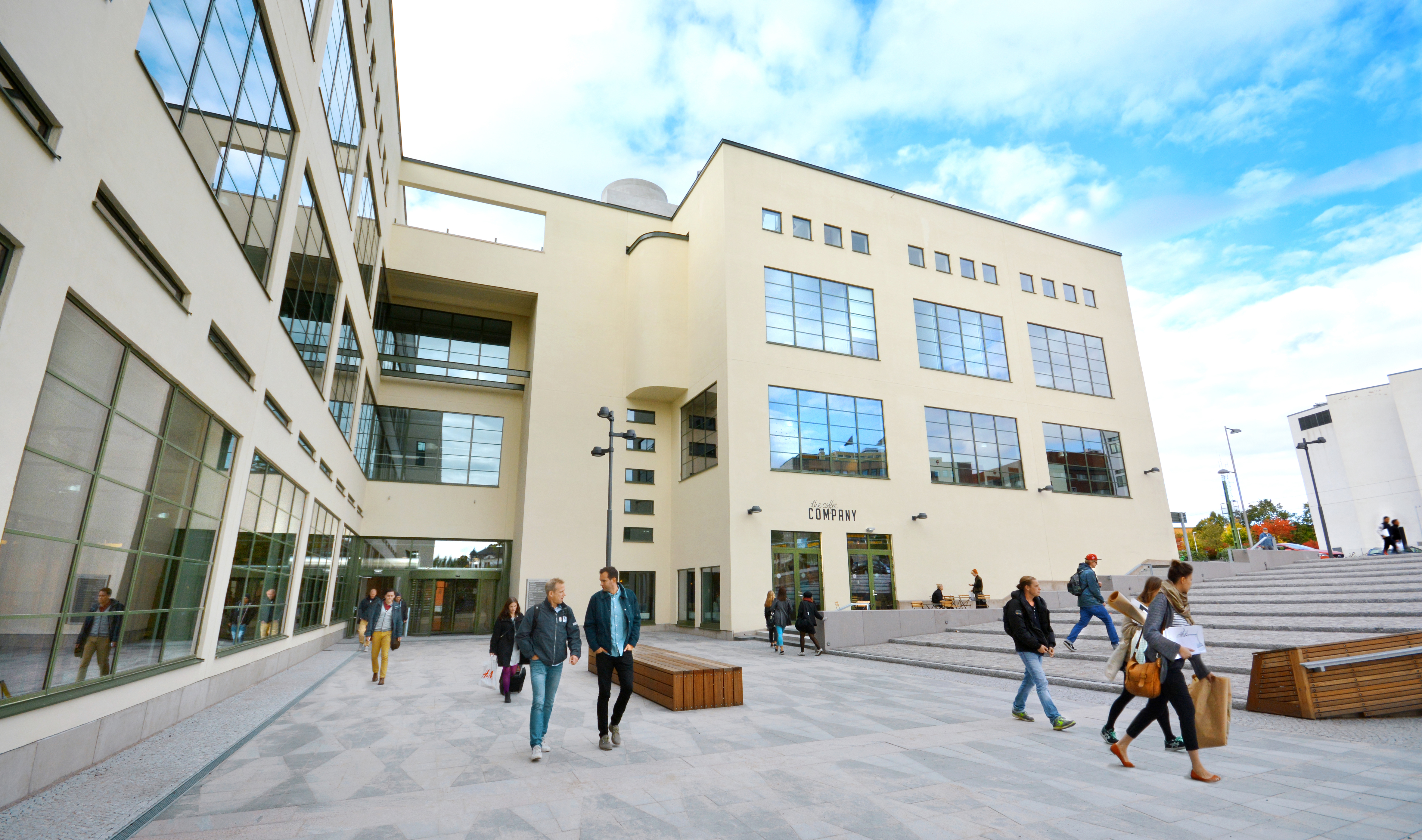
The Swedish School of Textiles is awarded the ELLE Honorary Prize with the justification: "Technical know-how and great creativity are an explosive combination. With transparency, communication, and highly interesting students, the university has made Borås a focal point in Swedish fashion. This year's honorary prize goes to the Swedish School of Textiles".
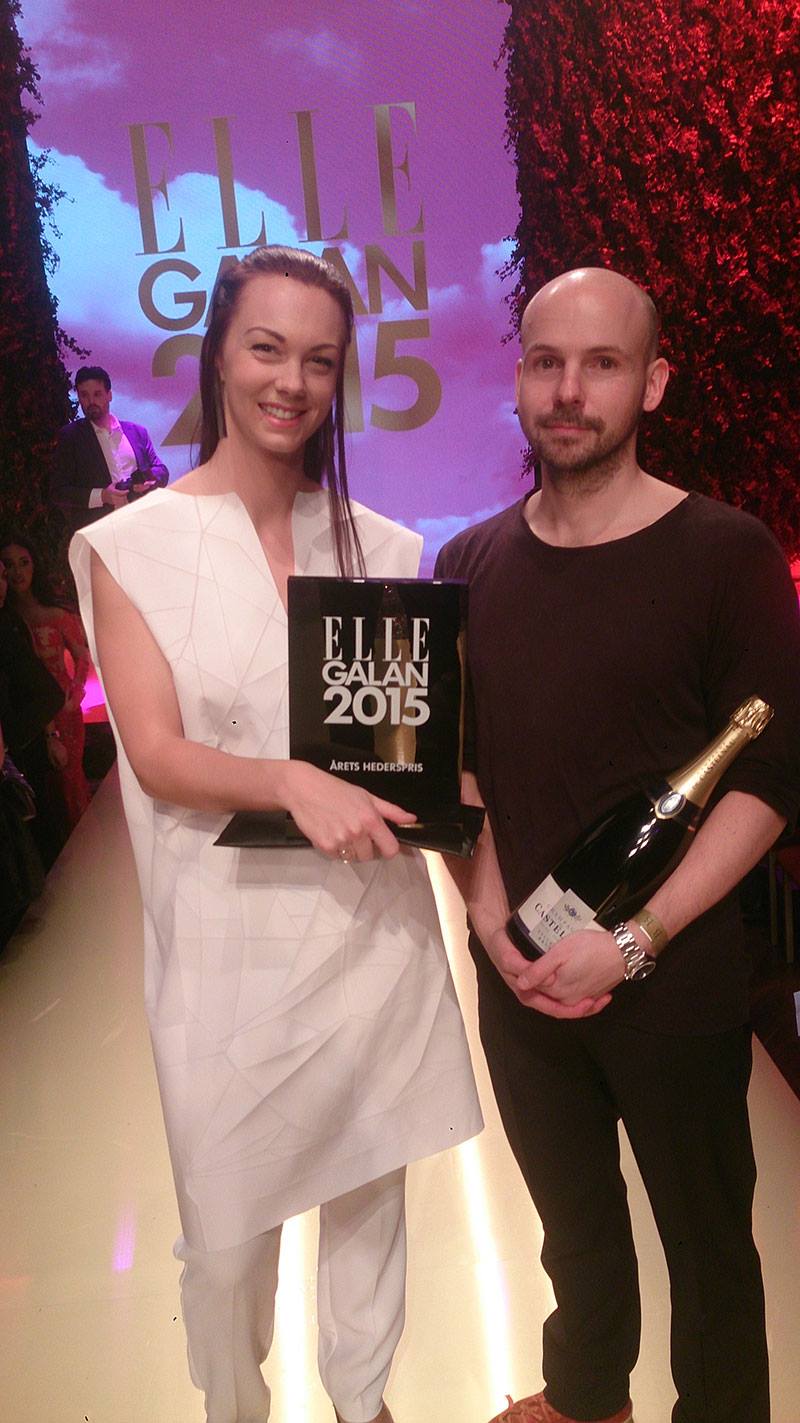
The Swedish Government commissions the university to establish and lead a national platform for sustainable fashion and sustainable textiles. The initiative, Textile & Fashion 2030, is managed by Smart Textiles, a part of Science Park Borås at the University of Borås, in collaboration with the Swedish School of Textiles, the Swedish Fashion Council, RISE Research Institutes of Sweden, TEKO – Sweden’s Textile and Clothing Companies, and the Swedish Trade Federation.
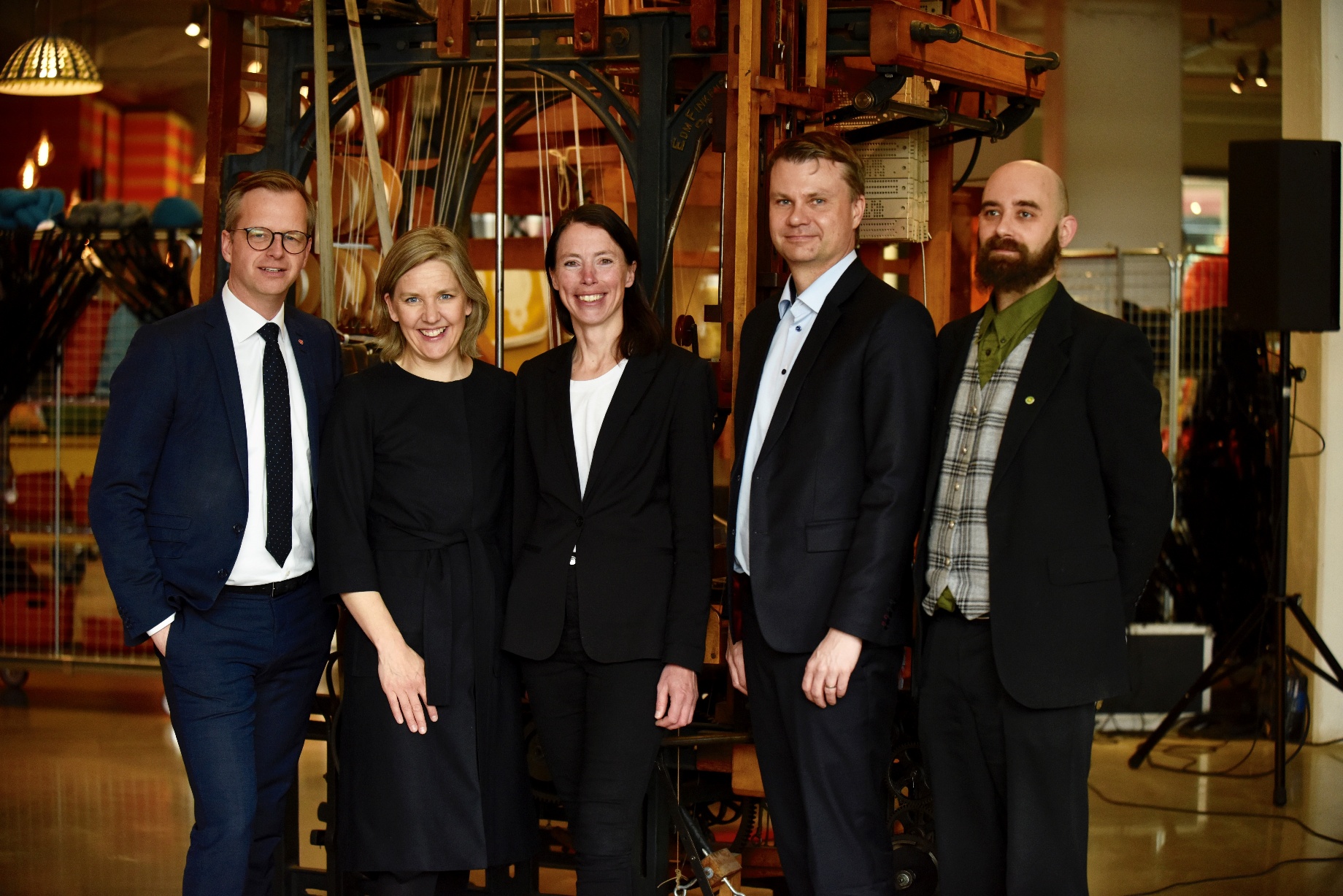
Stina Randestad was named Alumnus of the Year 2022.
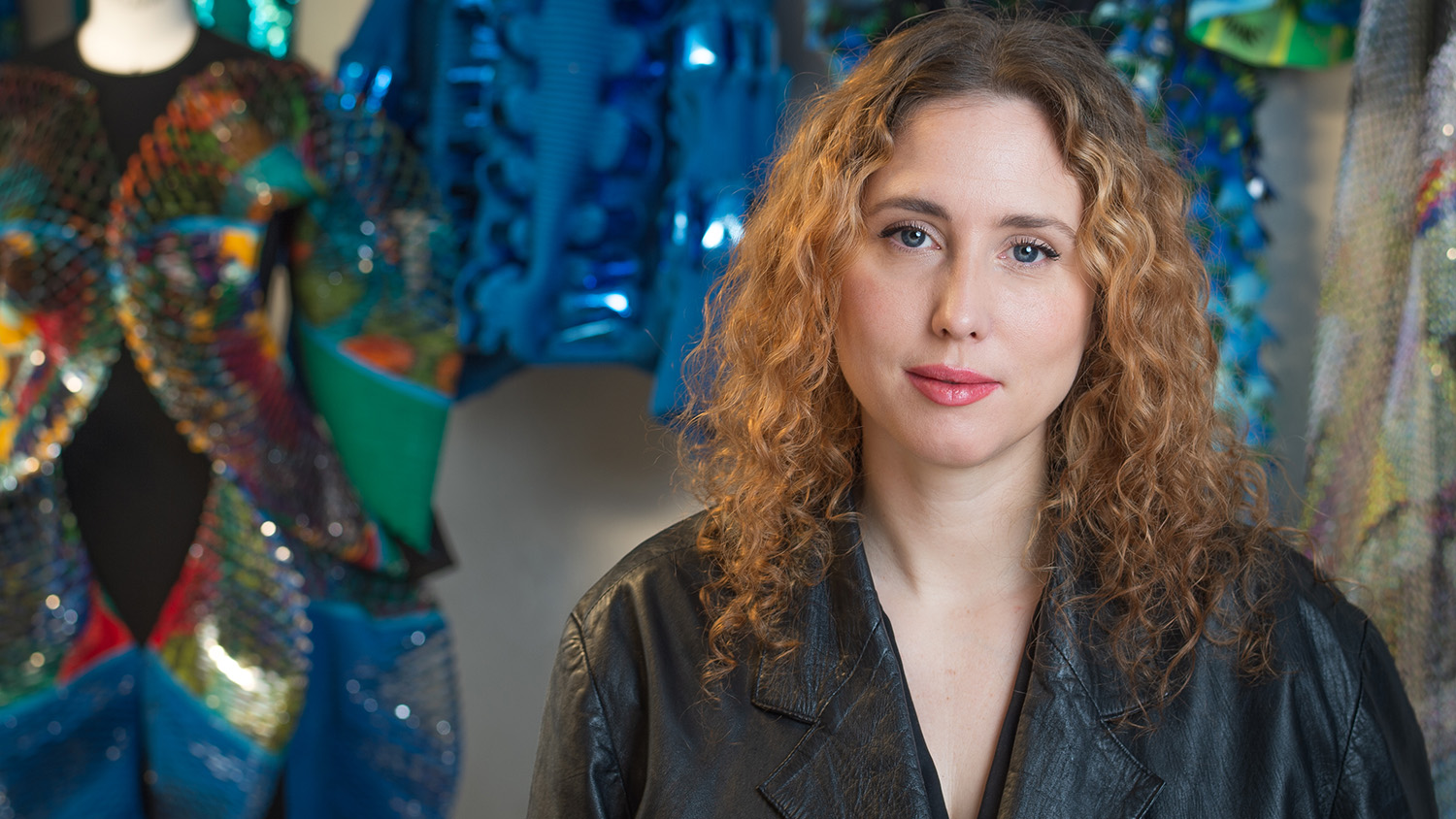
The Swedish School of Textiles launched a new meeting place for sustainable textile production – the Swedish Textile Machine Expo.
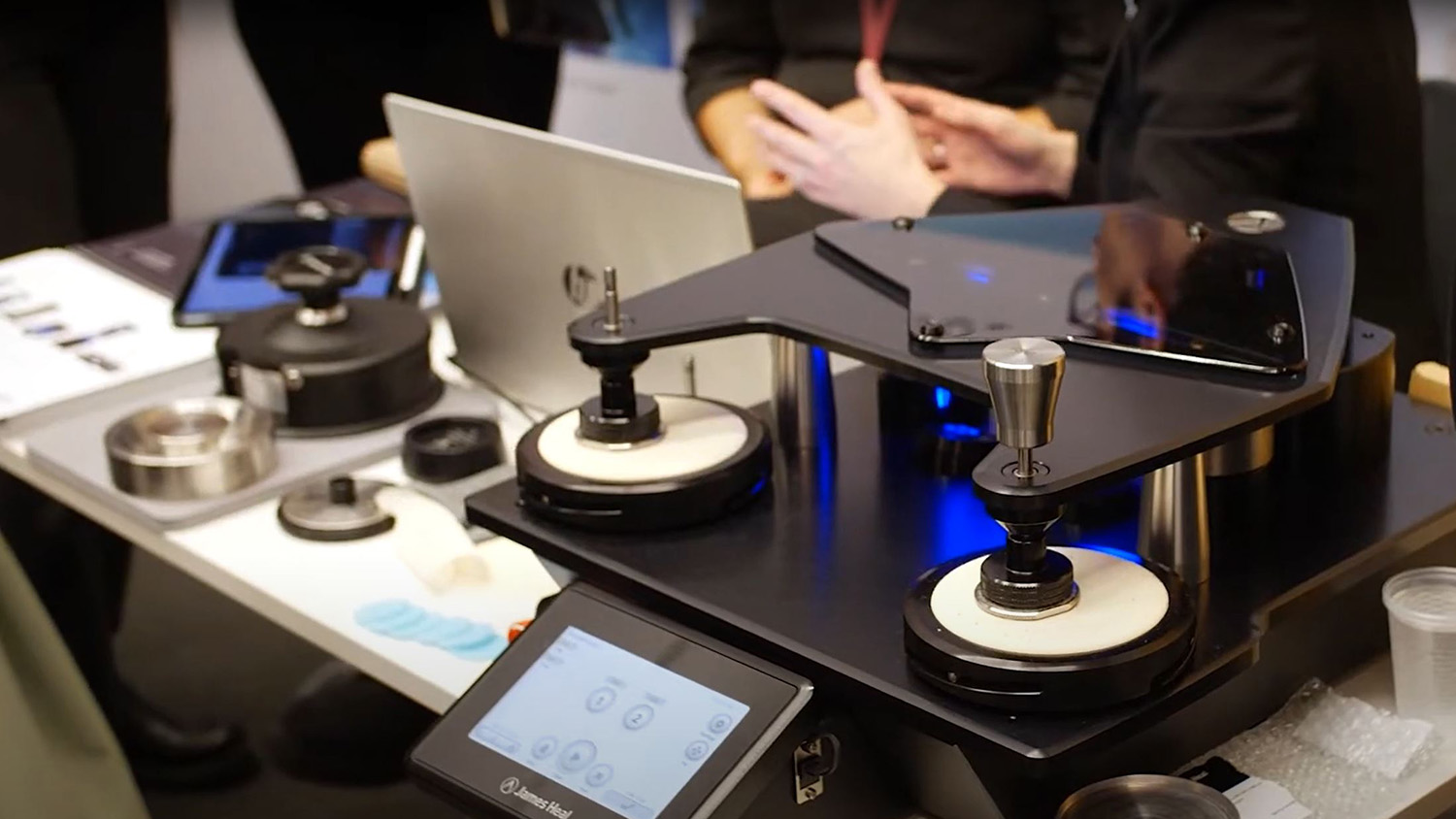
Eglė Ganda Bogdanienė, Professor at the Vilnius Academy of Arts, was named honorary doctor for her contributions to research and education within Textiles and fashion.
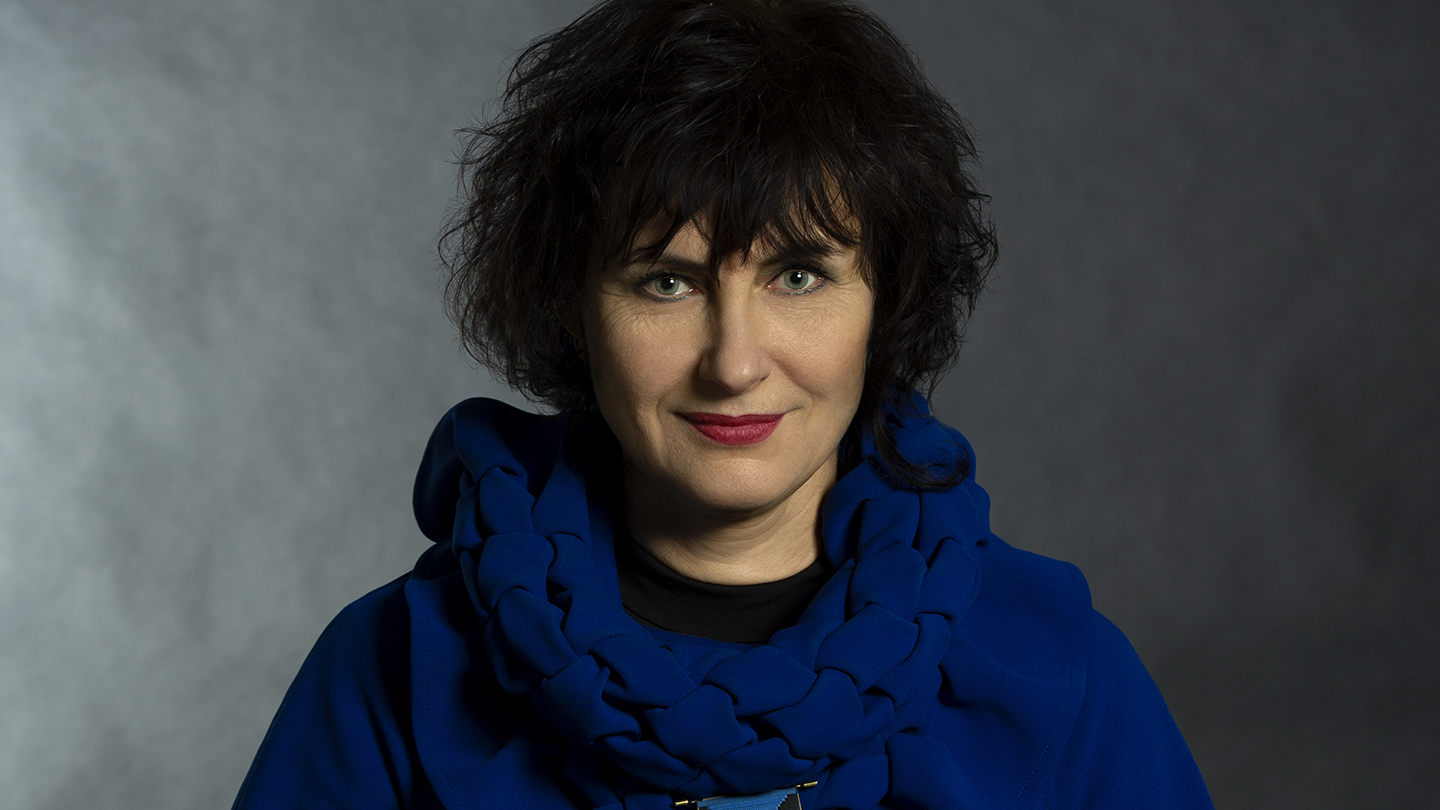
Anne Ludvigson, Chair of the Board of TEKO, was named honorary doctors for her contributions to research and education within Textiles and fashion.
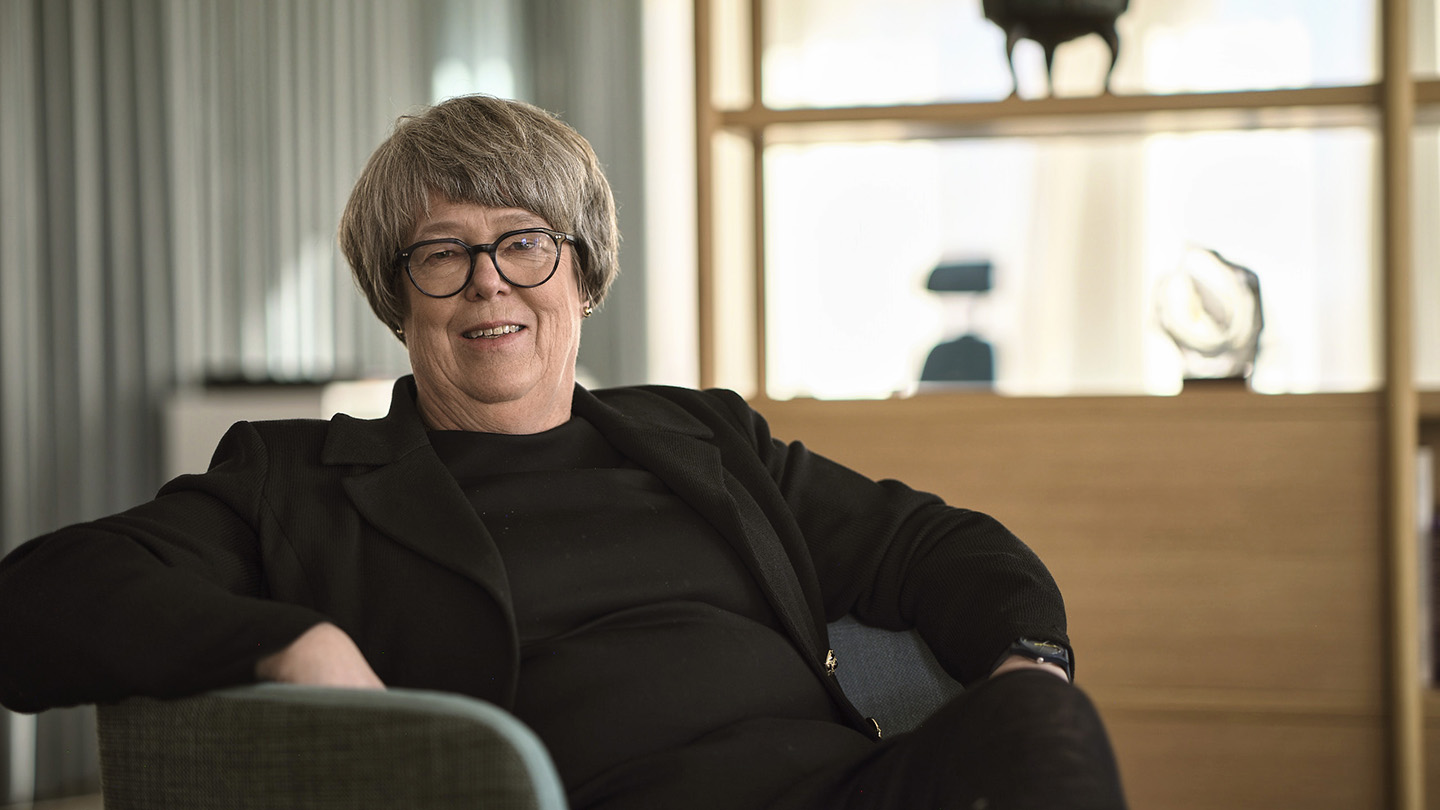
The Swedish School of Textiles was ranked number eight on CEOWORLD magazine’s list of the best fashion schools in the world for 2023.
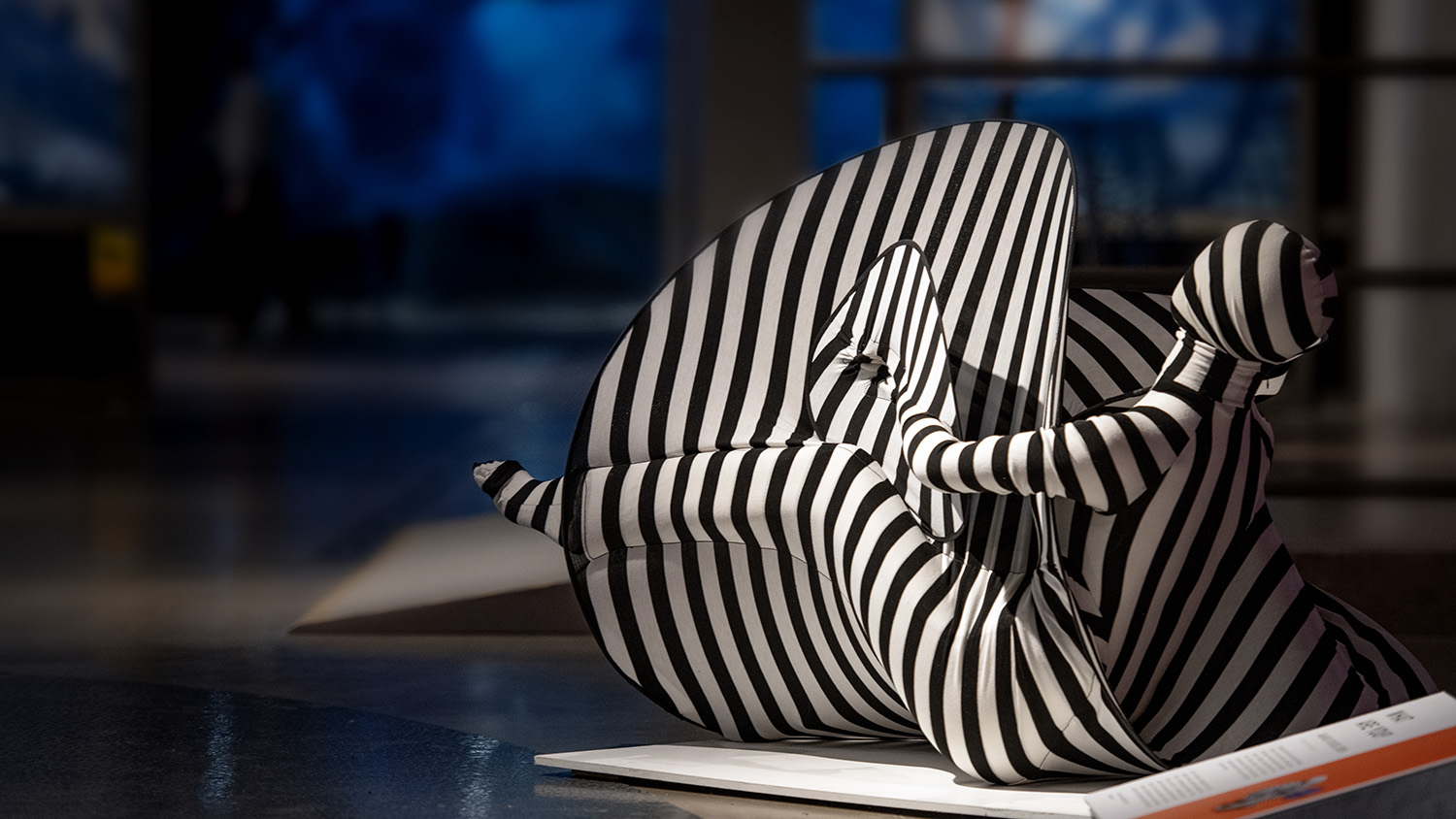
The Swedish School of Textiles became the first educational institution ever to design and develop a new generation of guide uniforms for the United Nations headquarters in New York City.
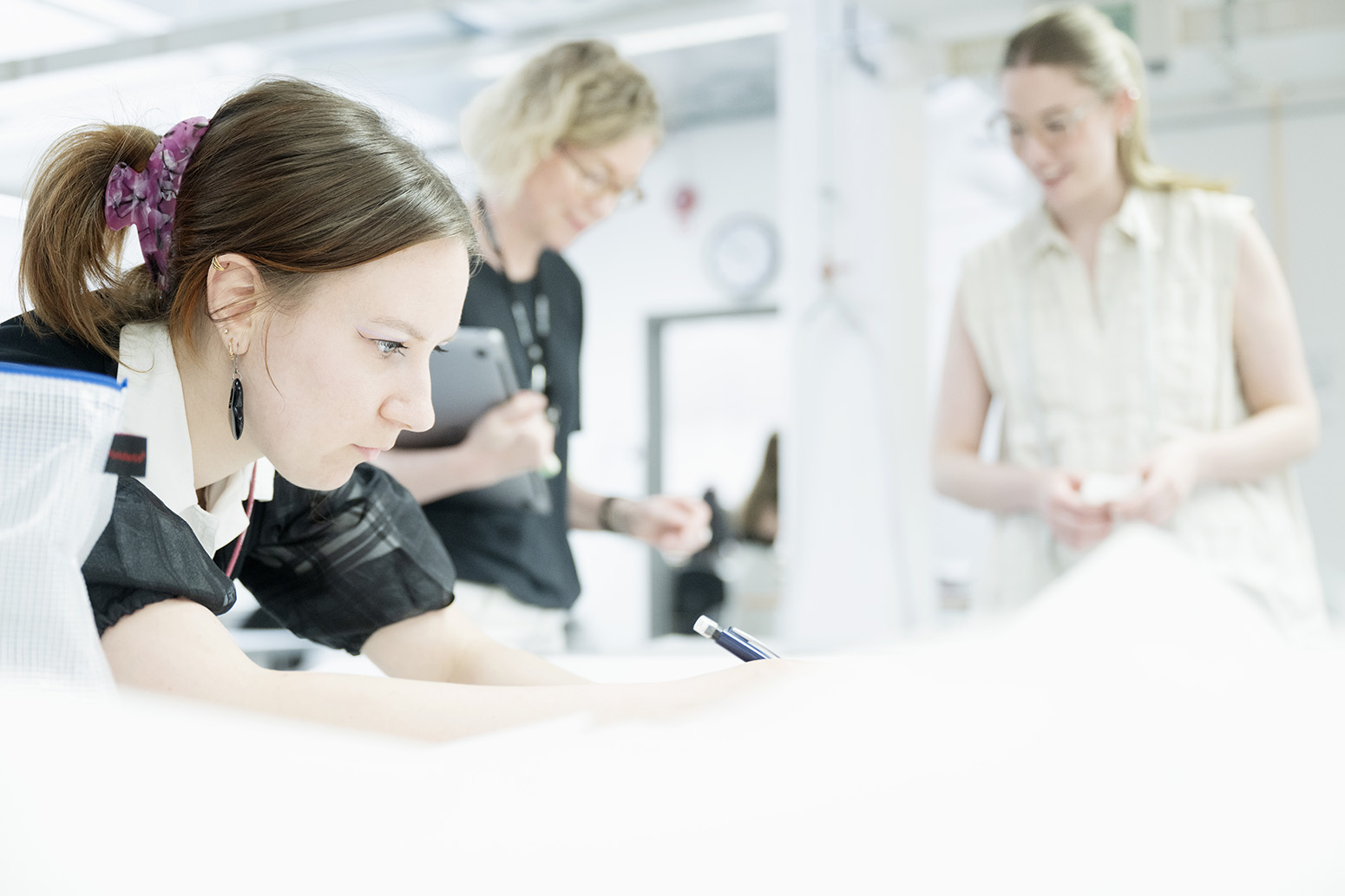
Xianyi Zeng, professor at the ENSAIT Textile Engineer School at the University of Lille and Director of the GEMTEX National Laboratory, was awarded an Honorary Doctorate in Textiles and Fashion.
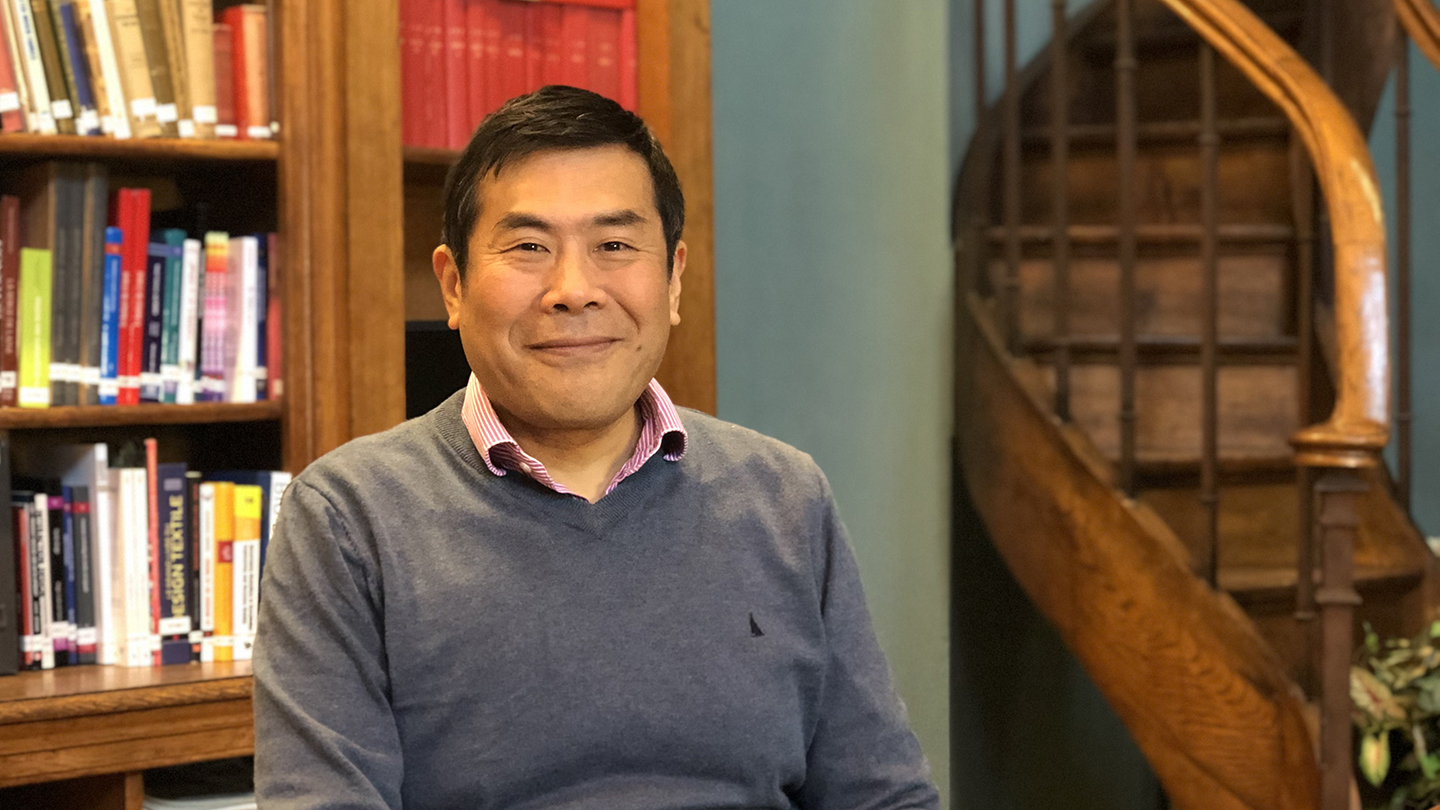
Professor Amit Rawal, from the Indian Institute of Technology Delhi, became the twenty-ninth holder of the King Carl XVI Gustaf Professorship in Environmental Science.
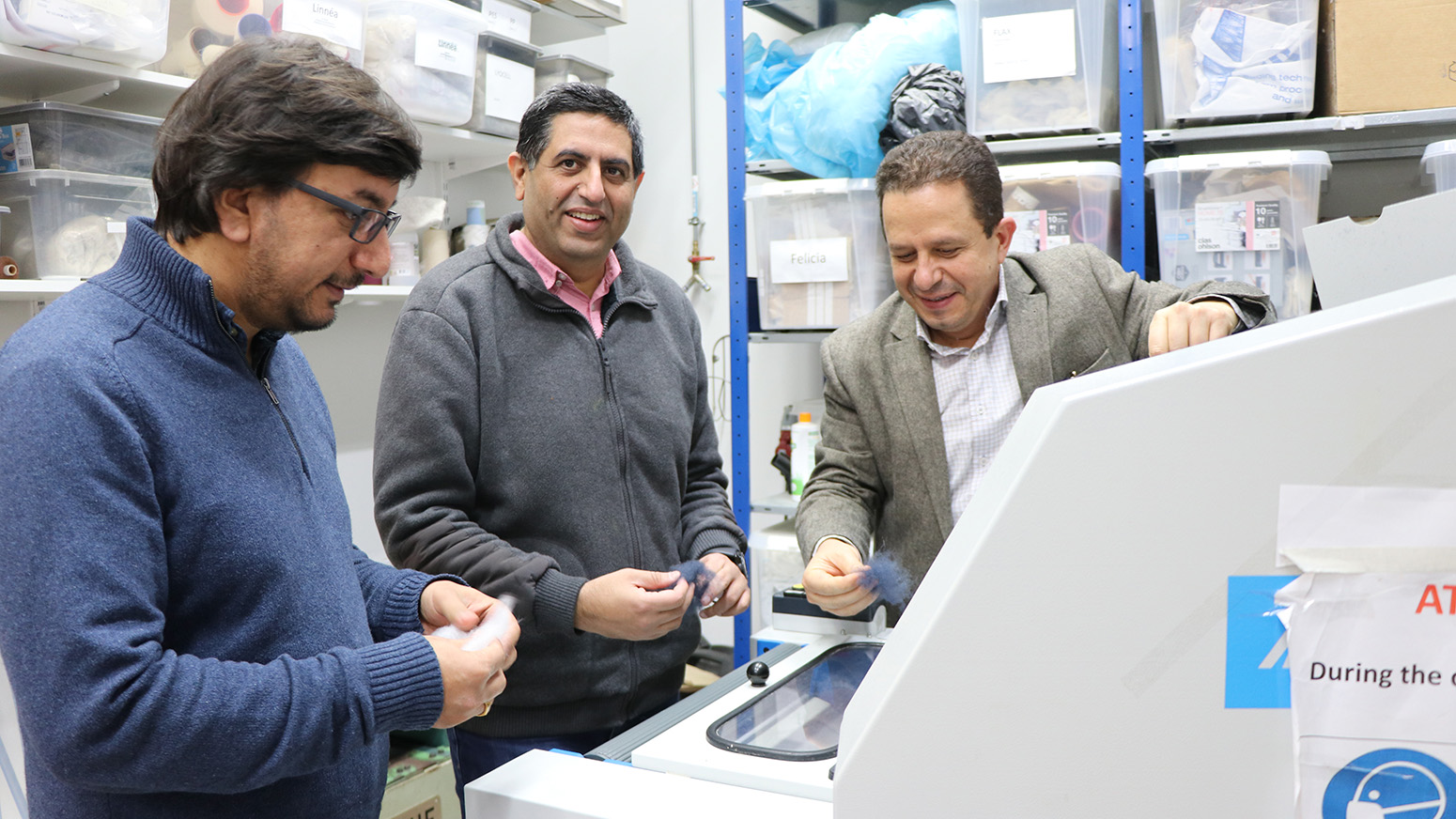
Ellen Hodakova Larsson was named Alumnus of the Year 2024.
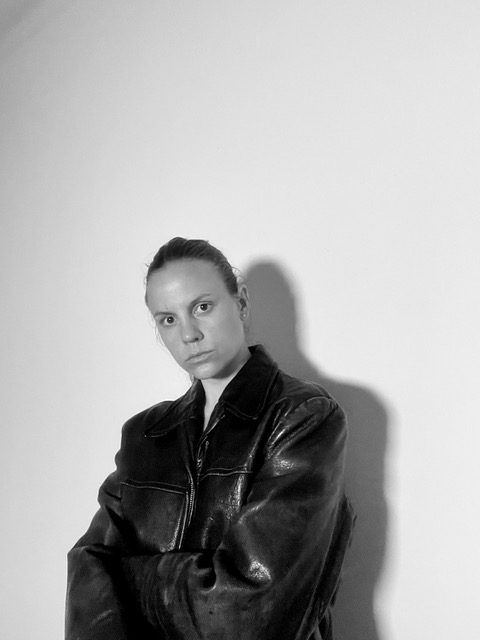
The United Nations’ new tour guide uniform collection, designed by students from the Swedish School of Textiles, was launched with a spectacular fashion show at the UN Headquarters on 22 April 2025. The collection combines sustainability, inclusion, innovation, and creativity with comfort and functionality for the guides who wear the garments daily while representing the UN to approximately 200,000 visitors annually – ranging from world leaders to school groups.

The Swedish School of Textiles will participate in the World Expo in Osaka, Japan, on 6 June 2025, showcasing how Sweden is paving the way in sustainable fashion and textile innovation.
